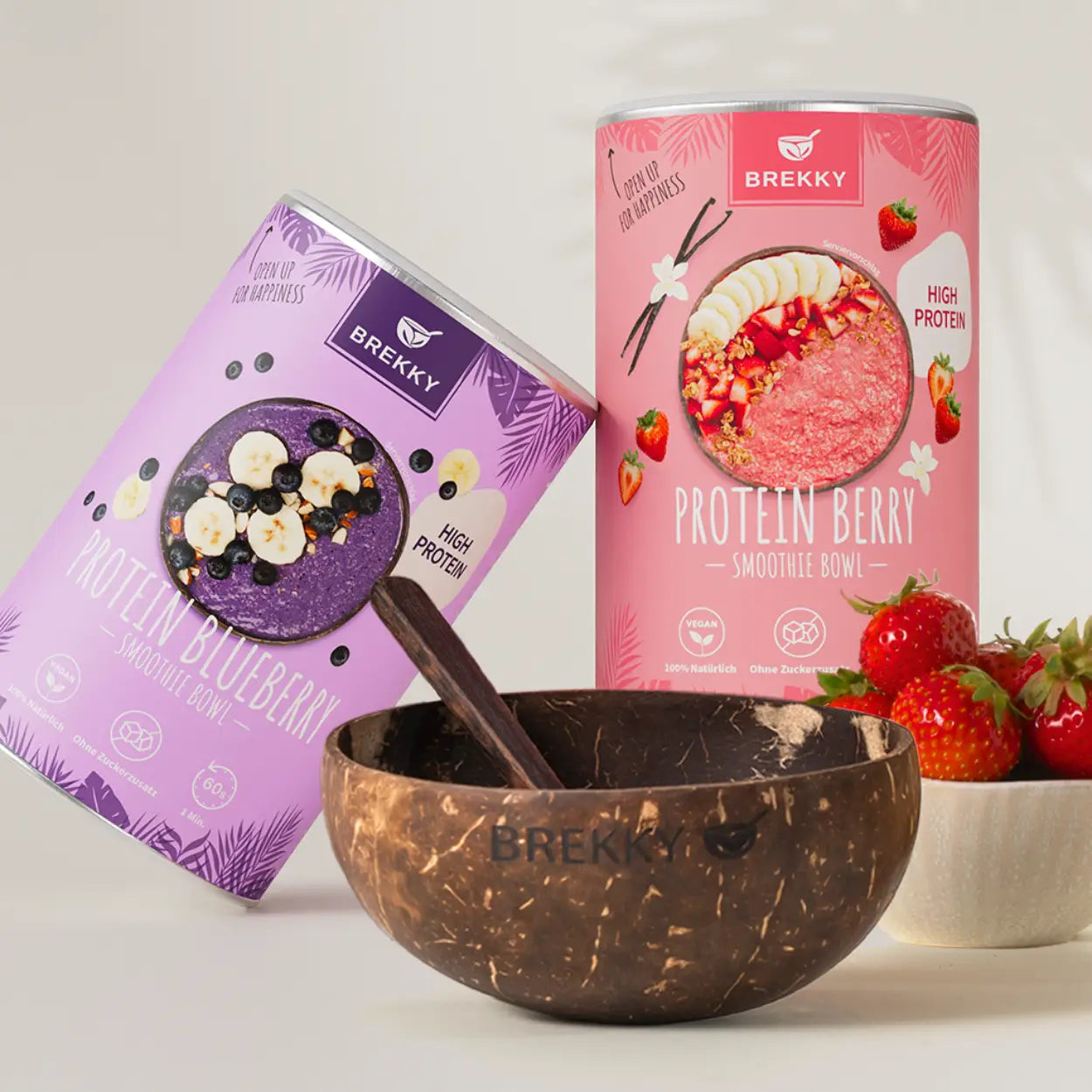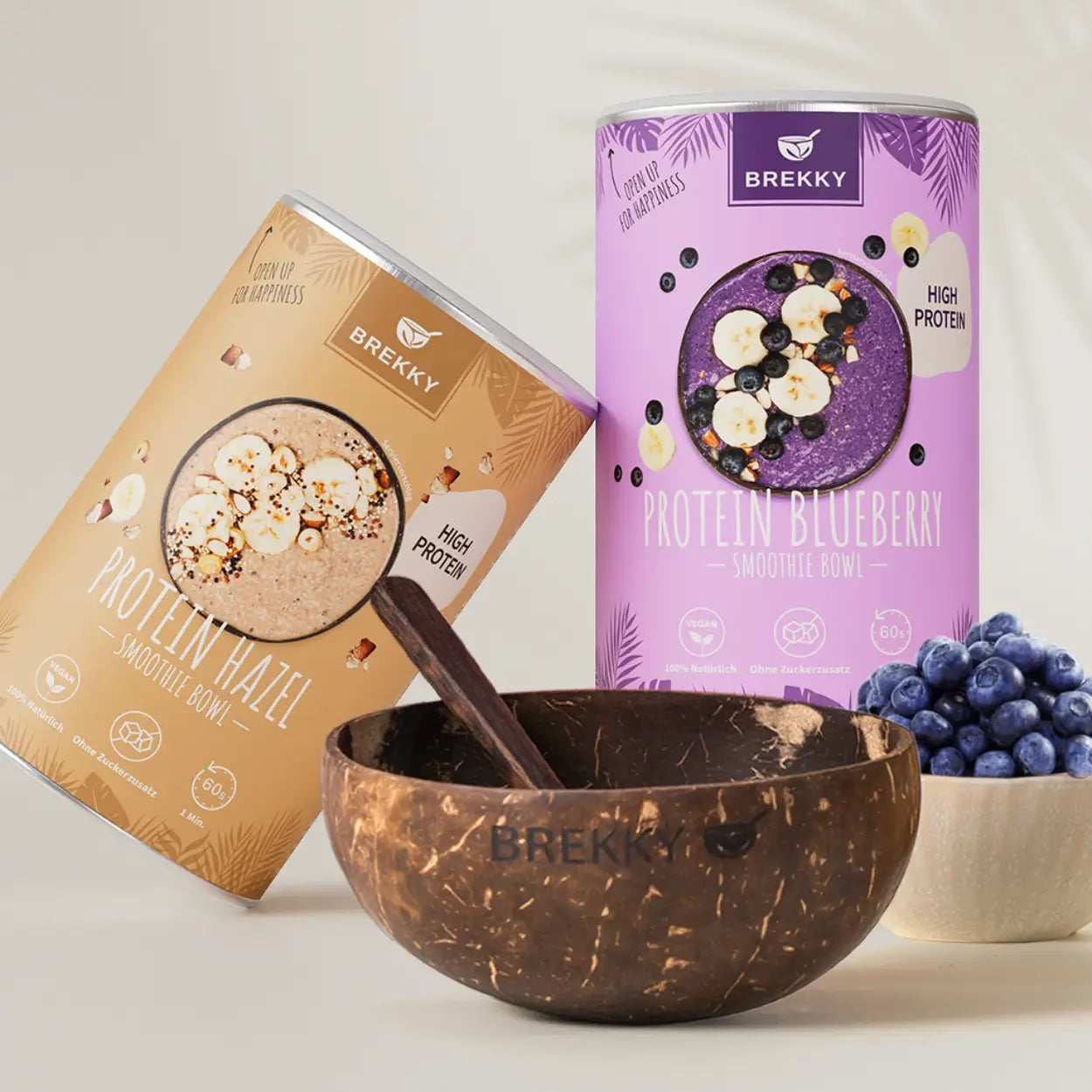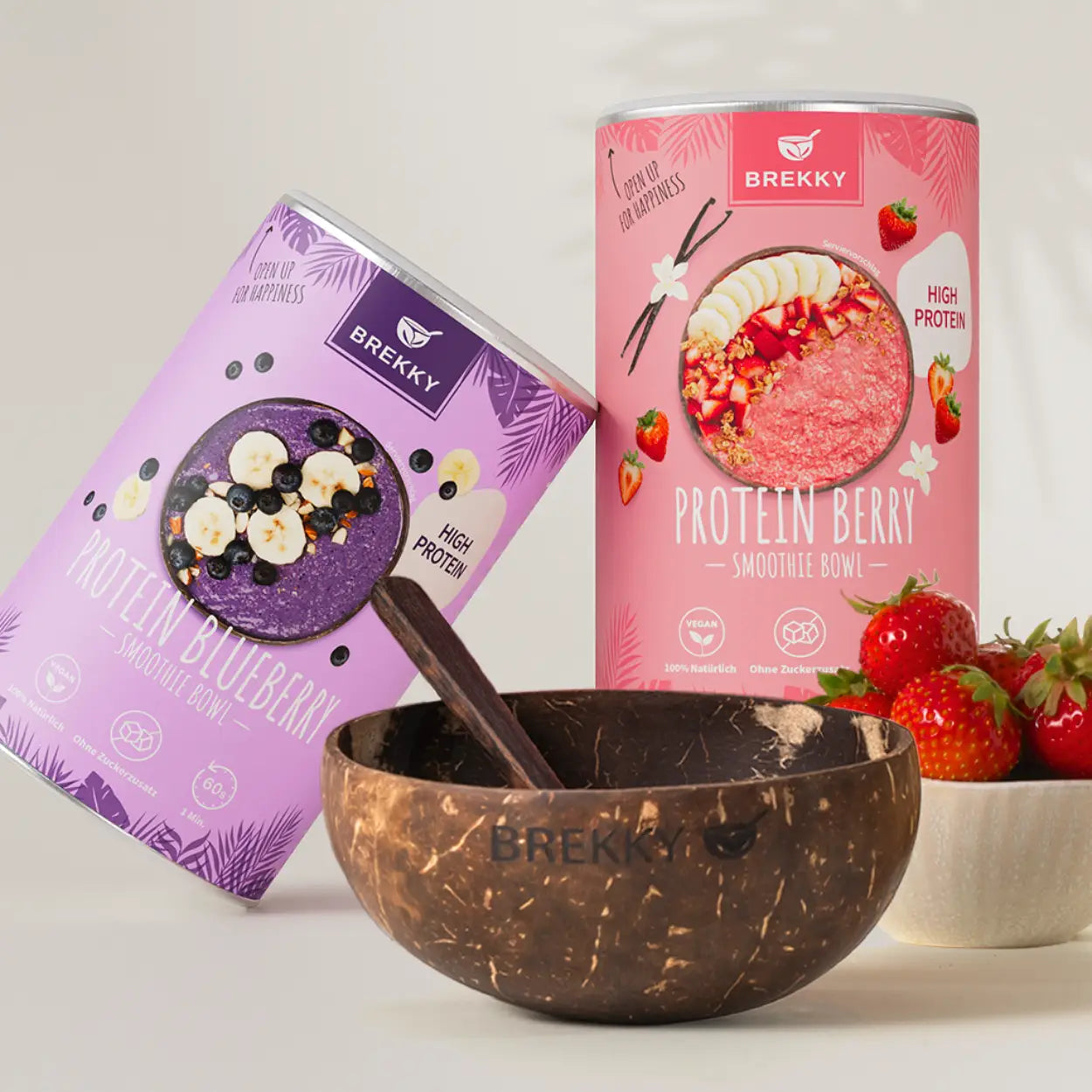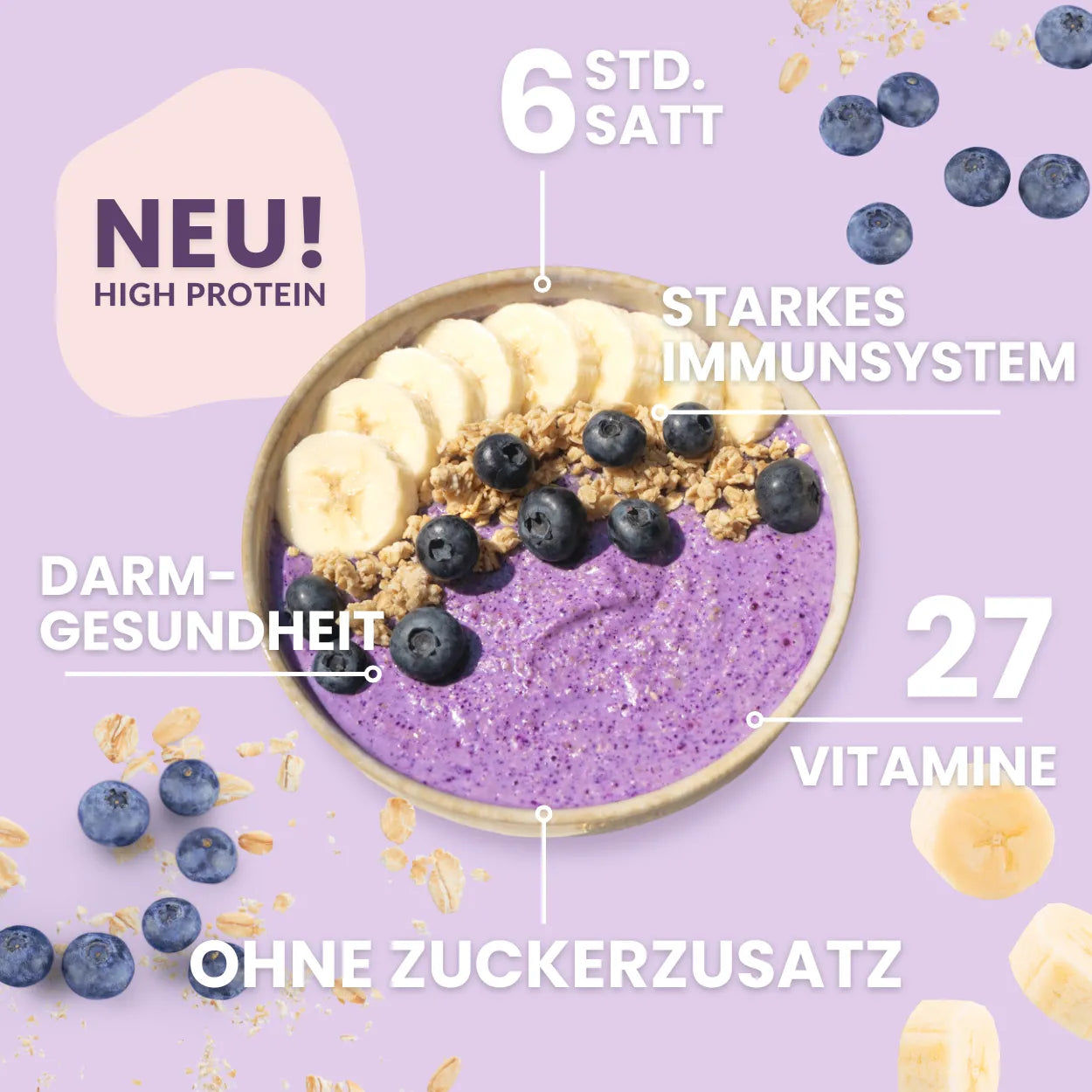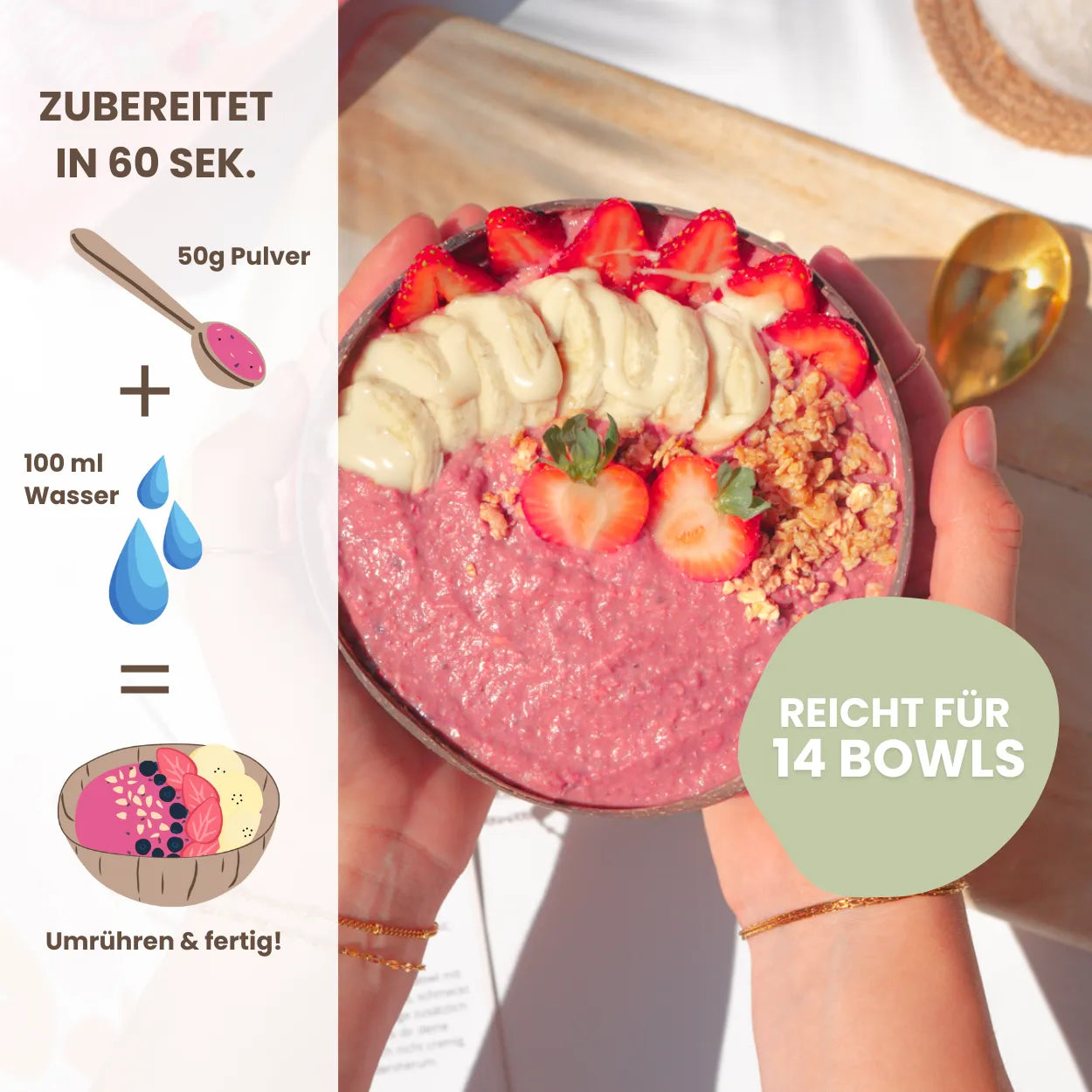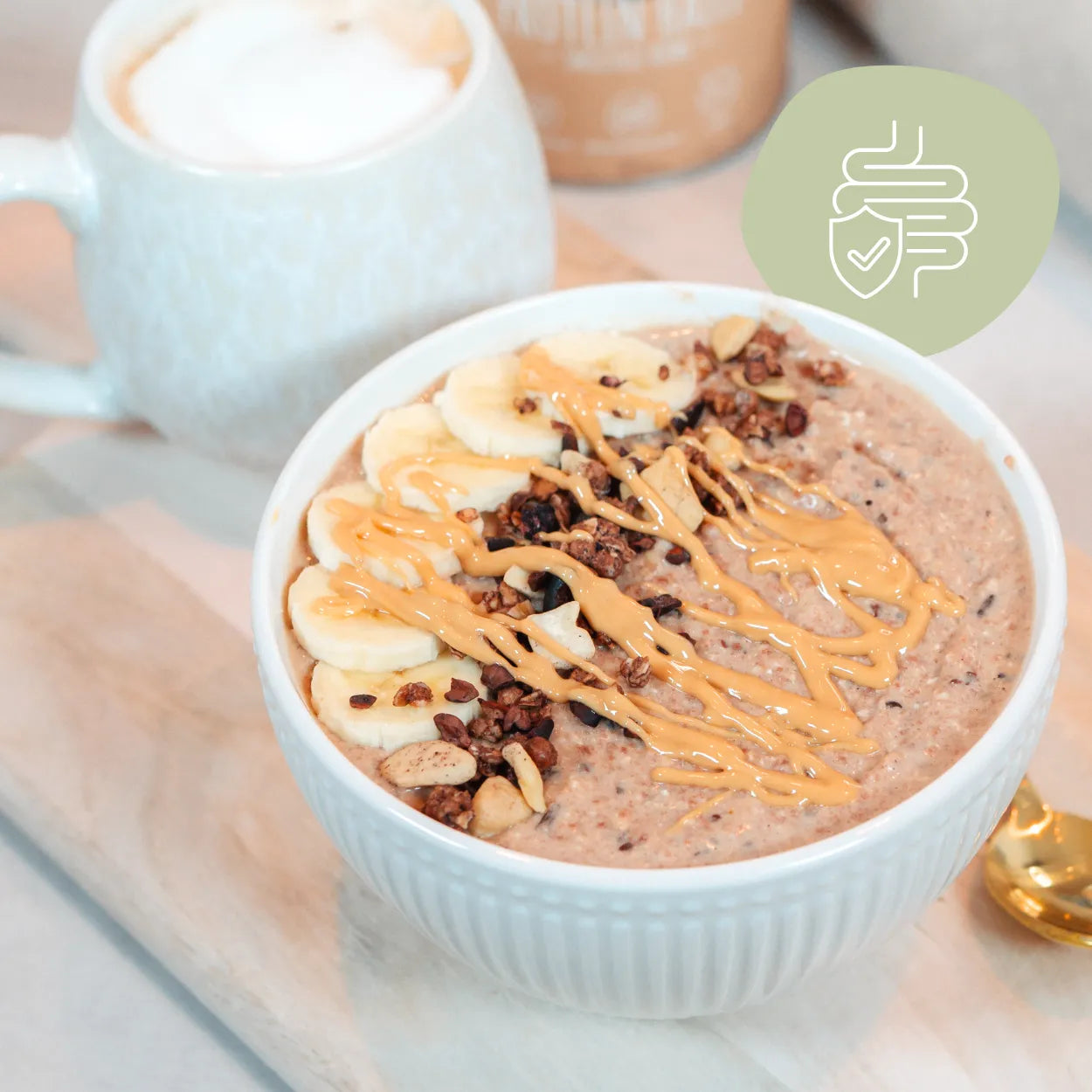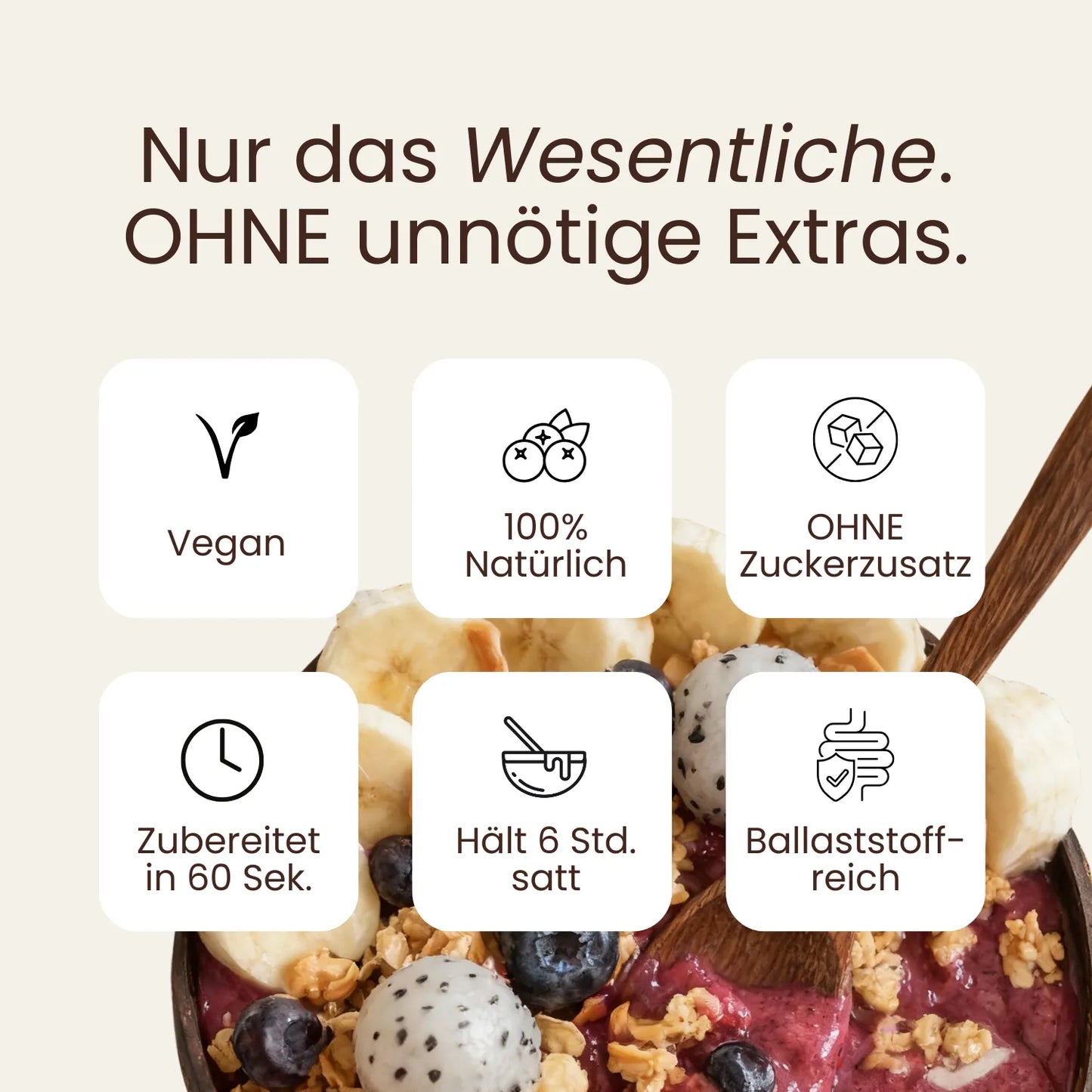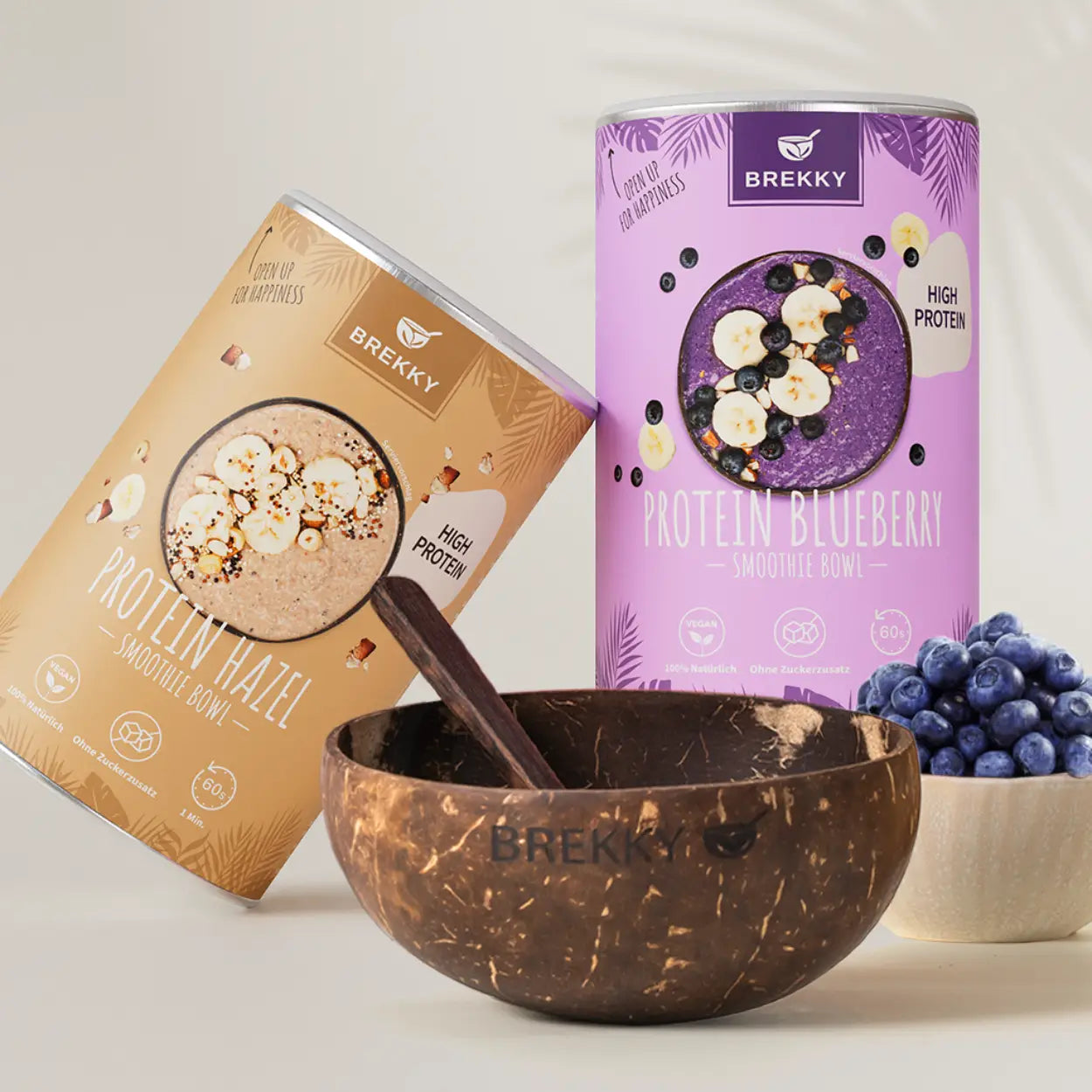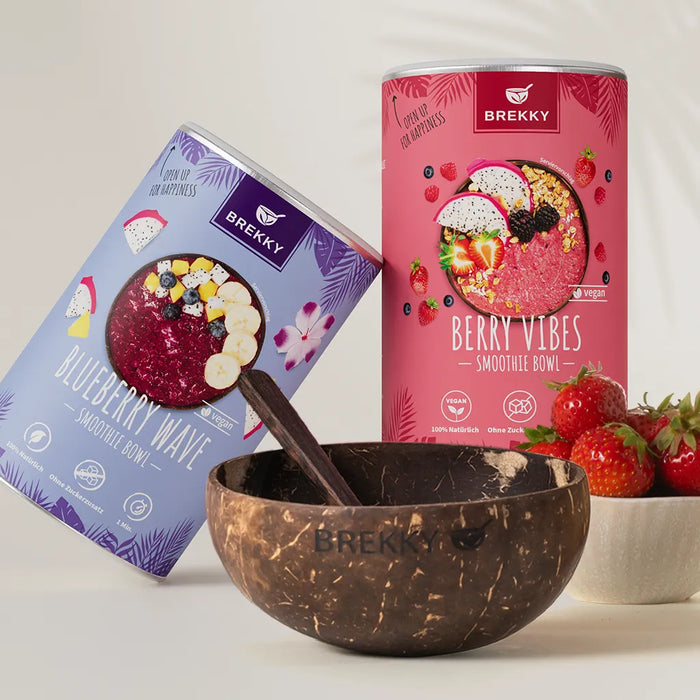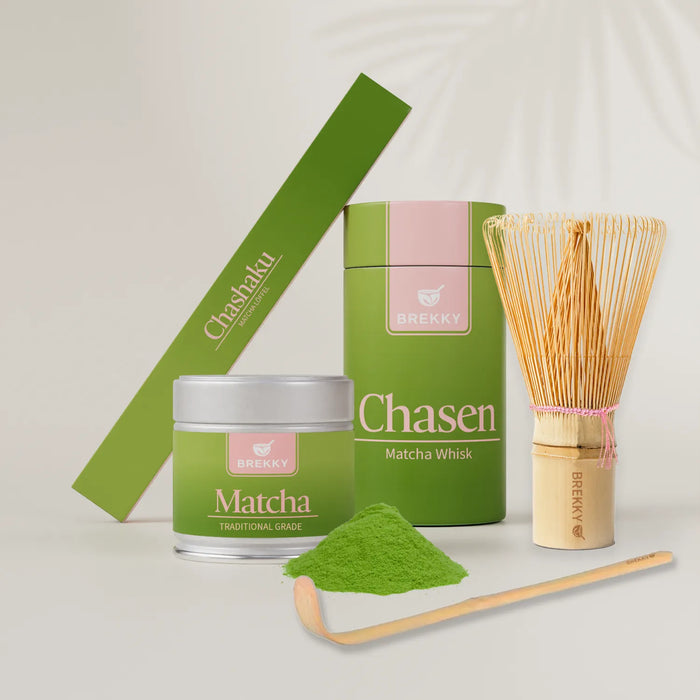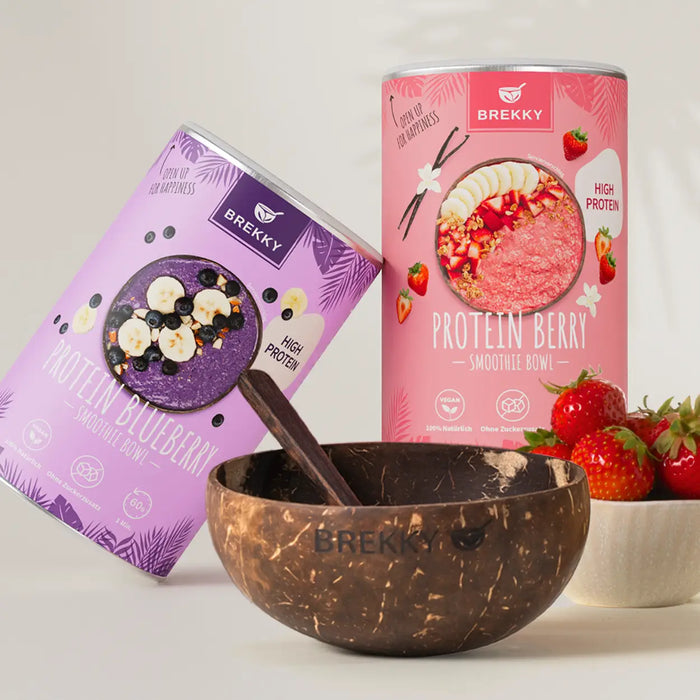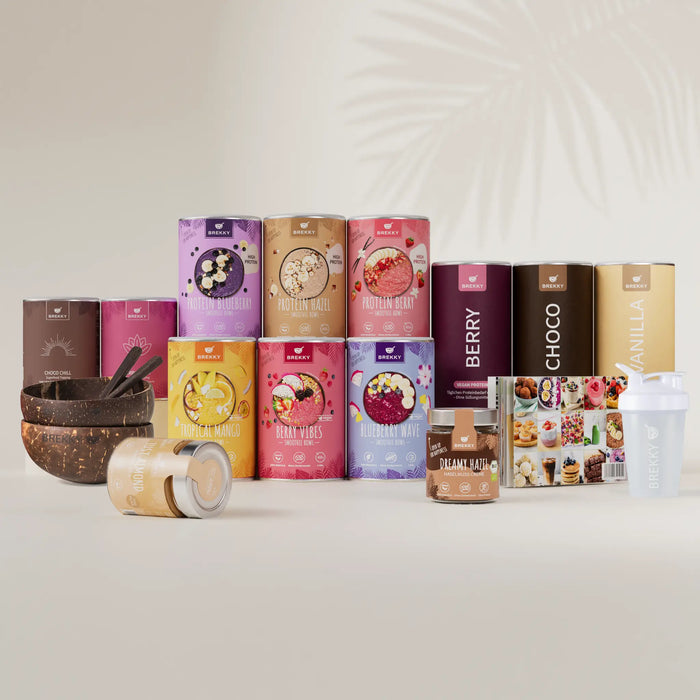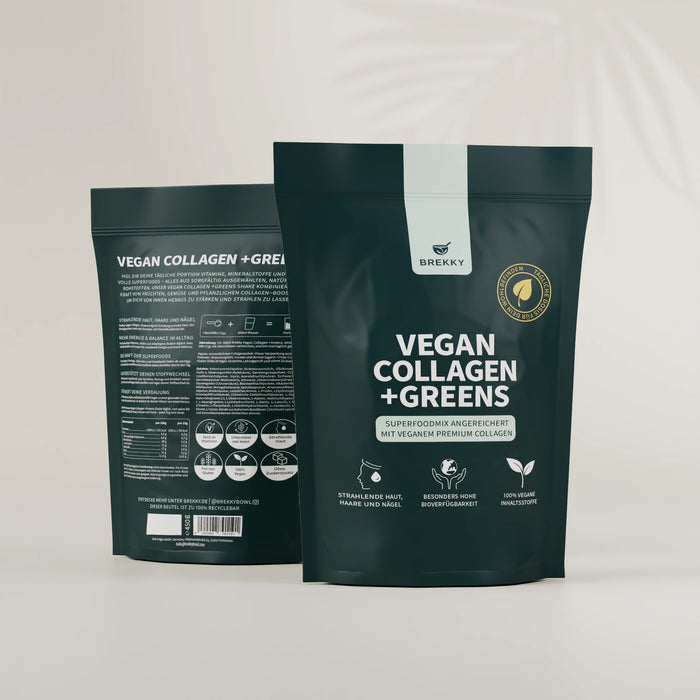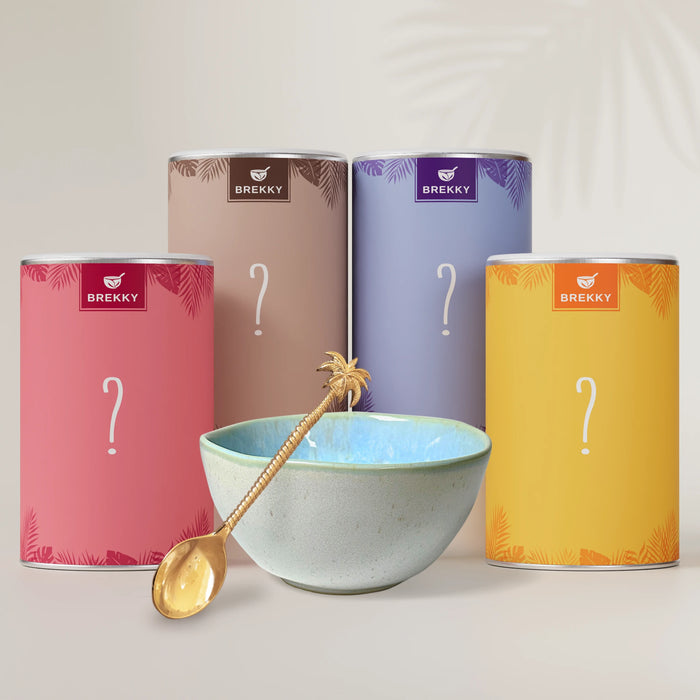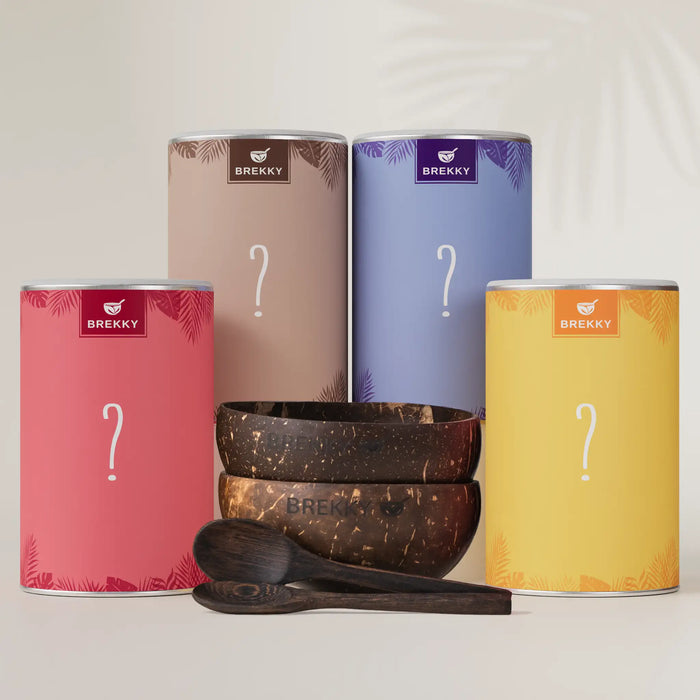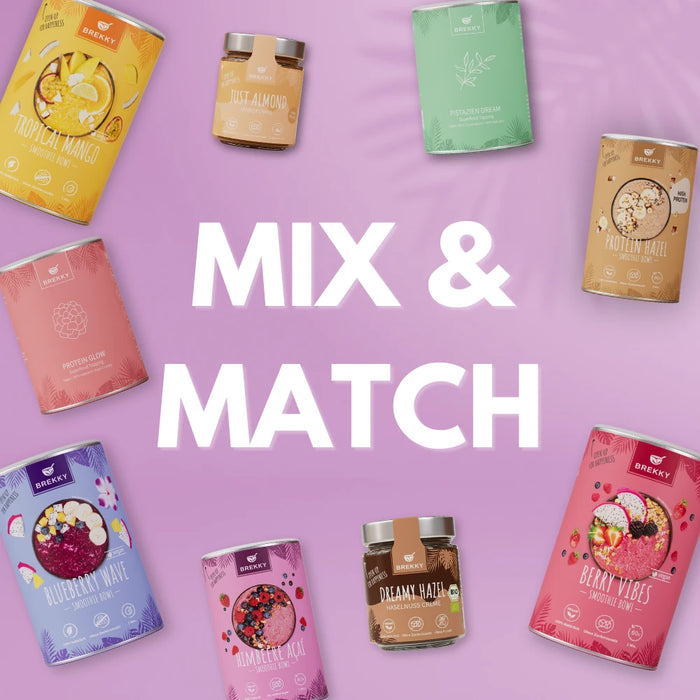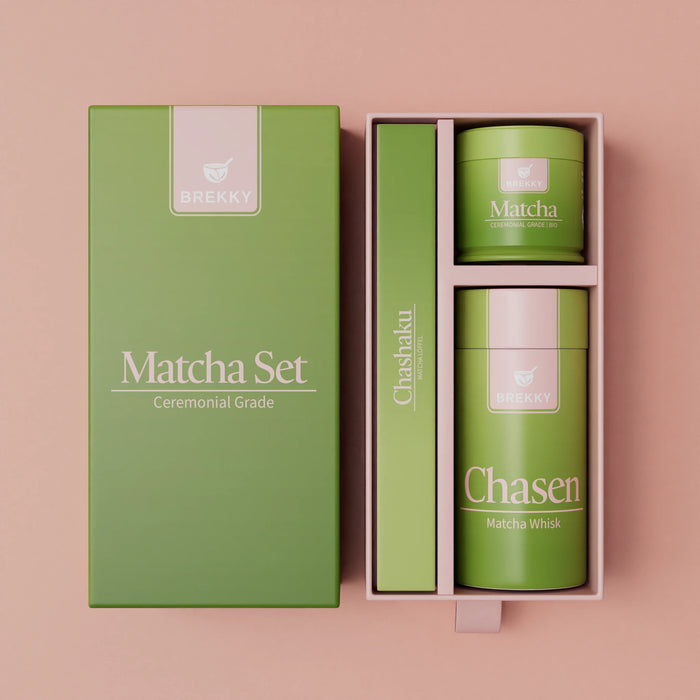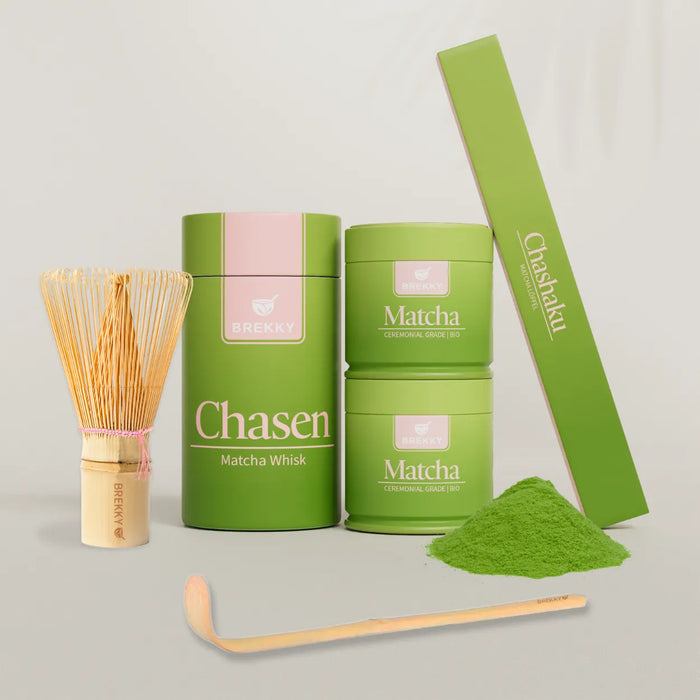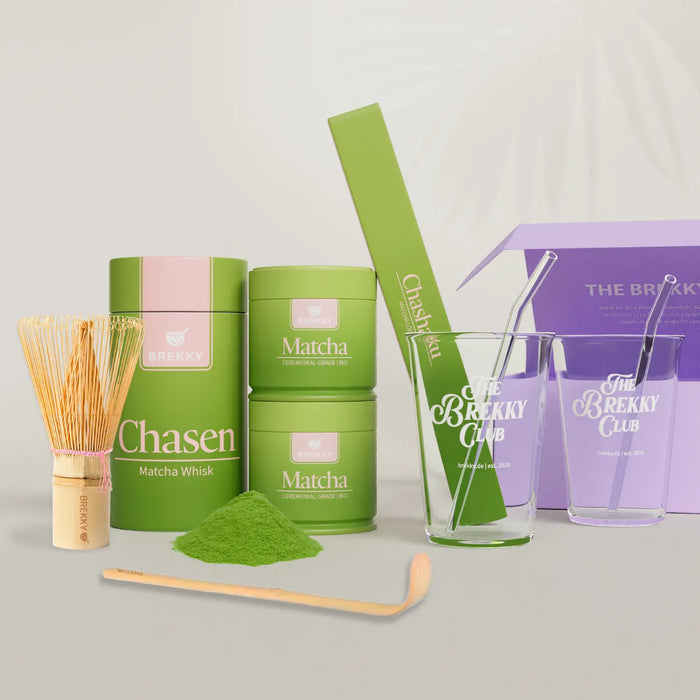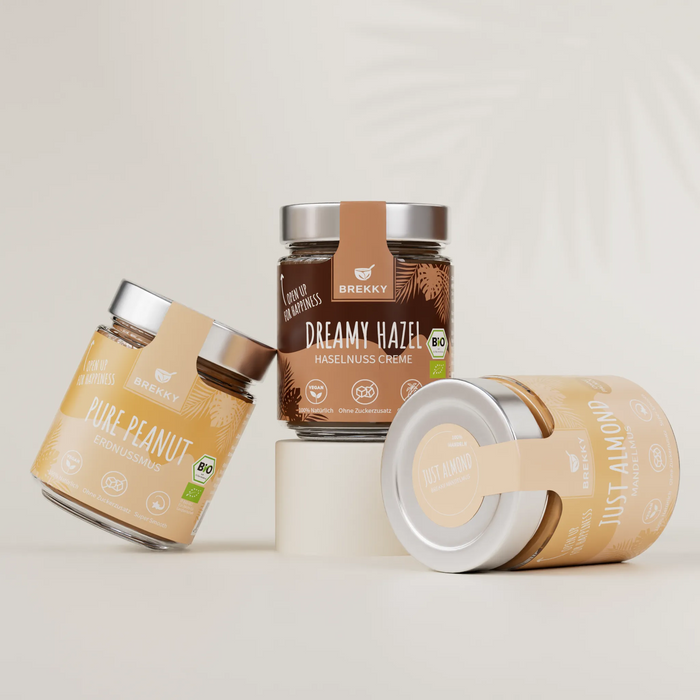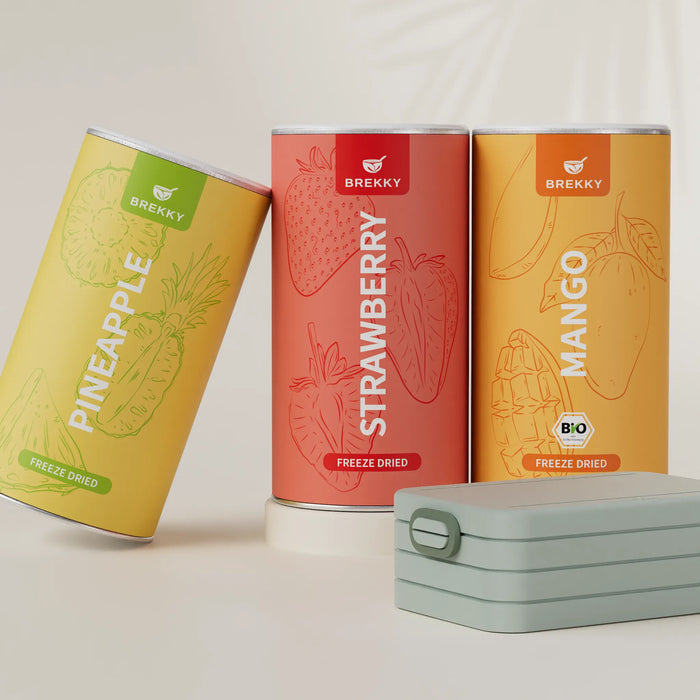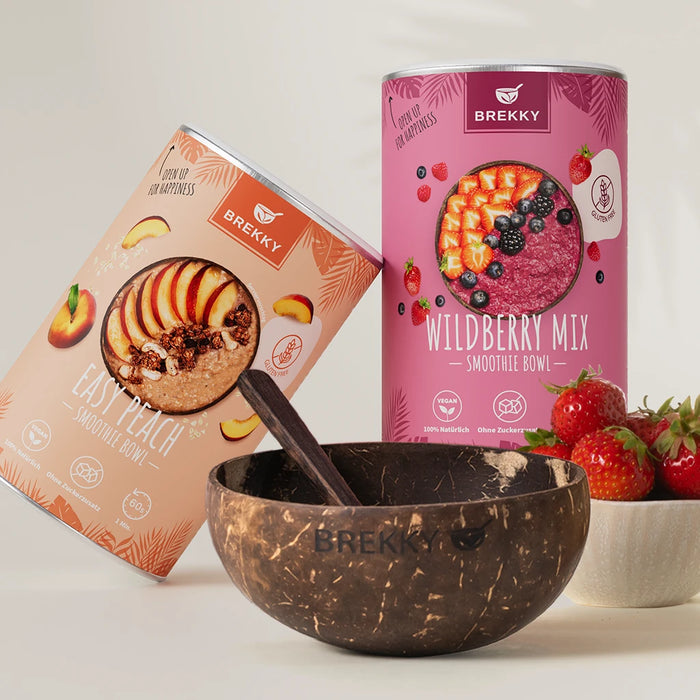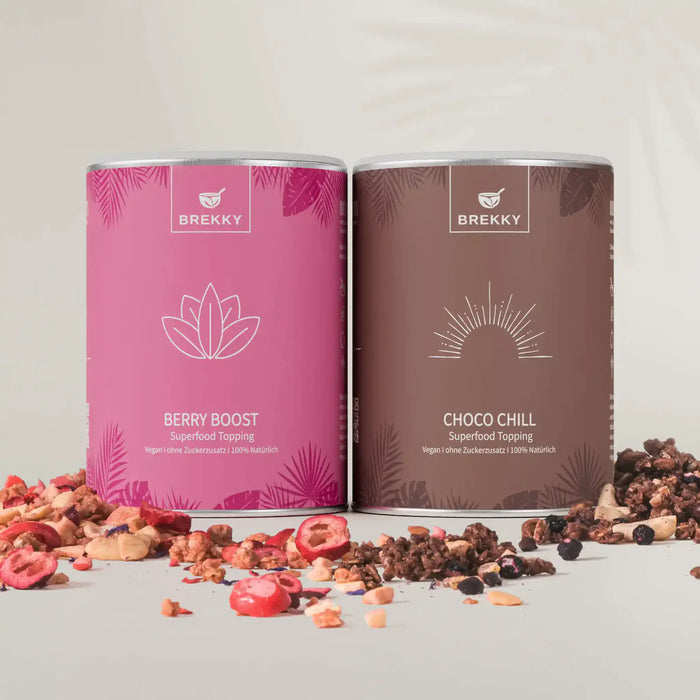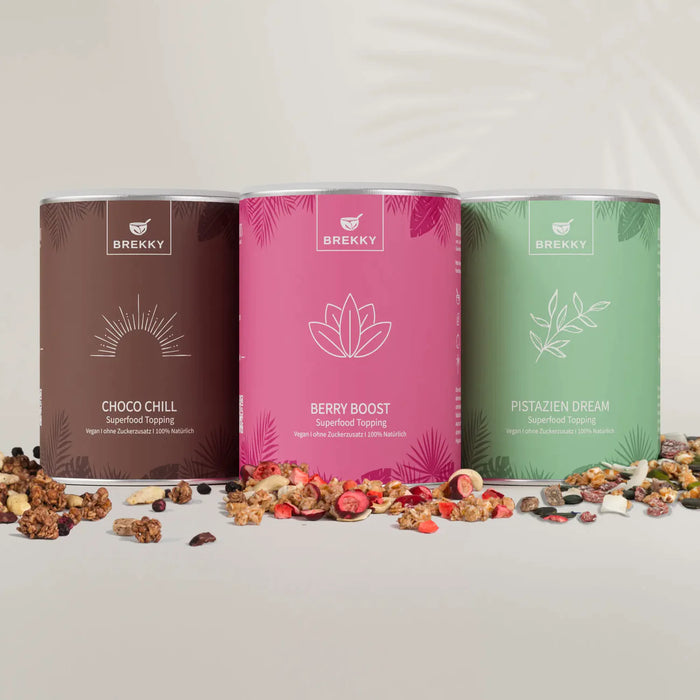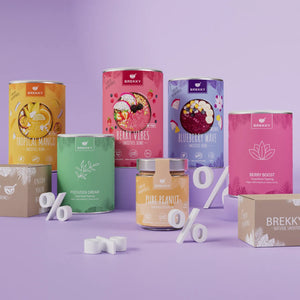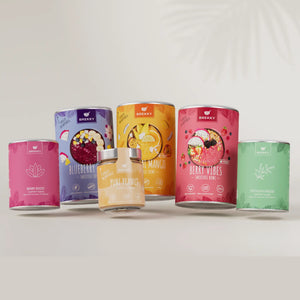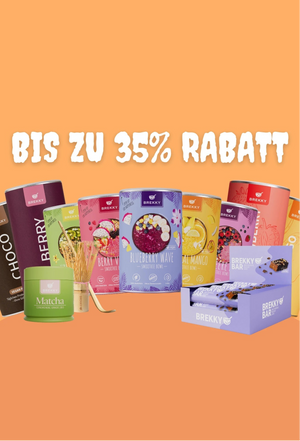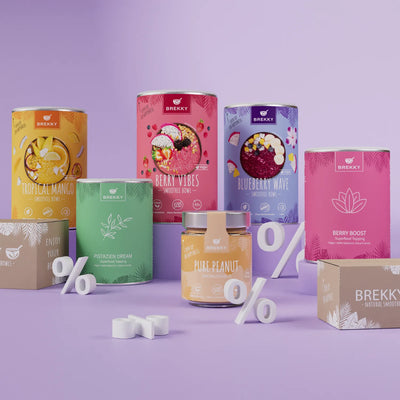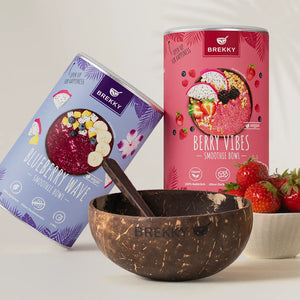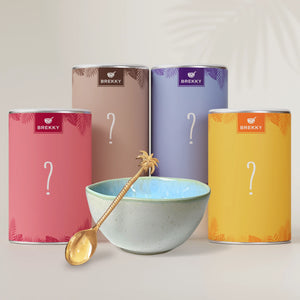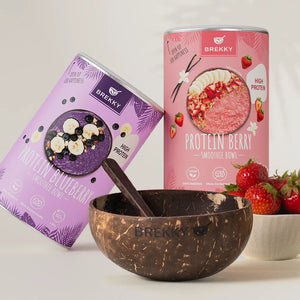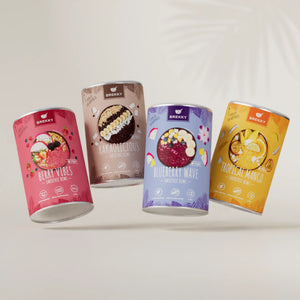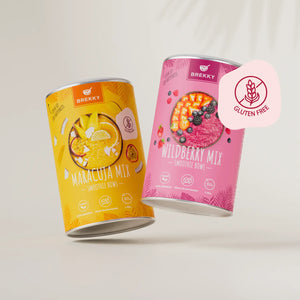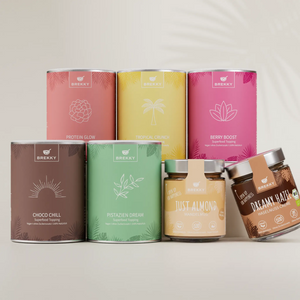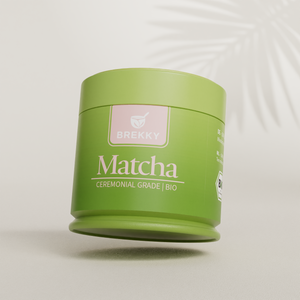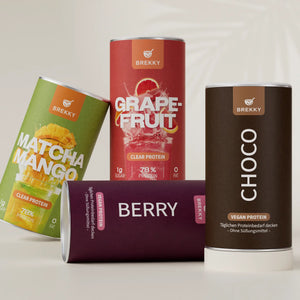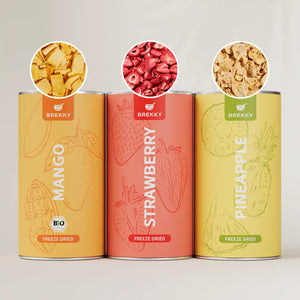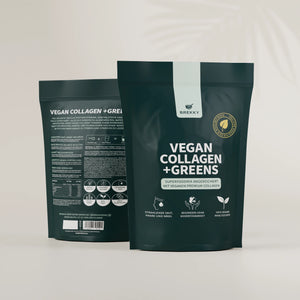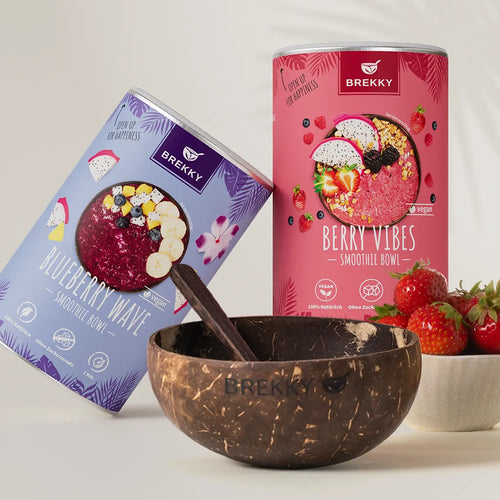Vegan protein powder: flavor comparison
Contents
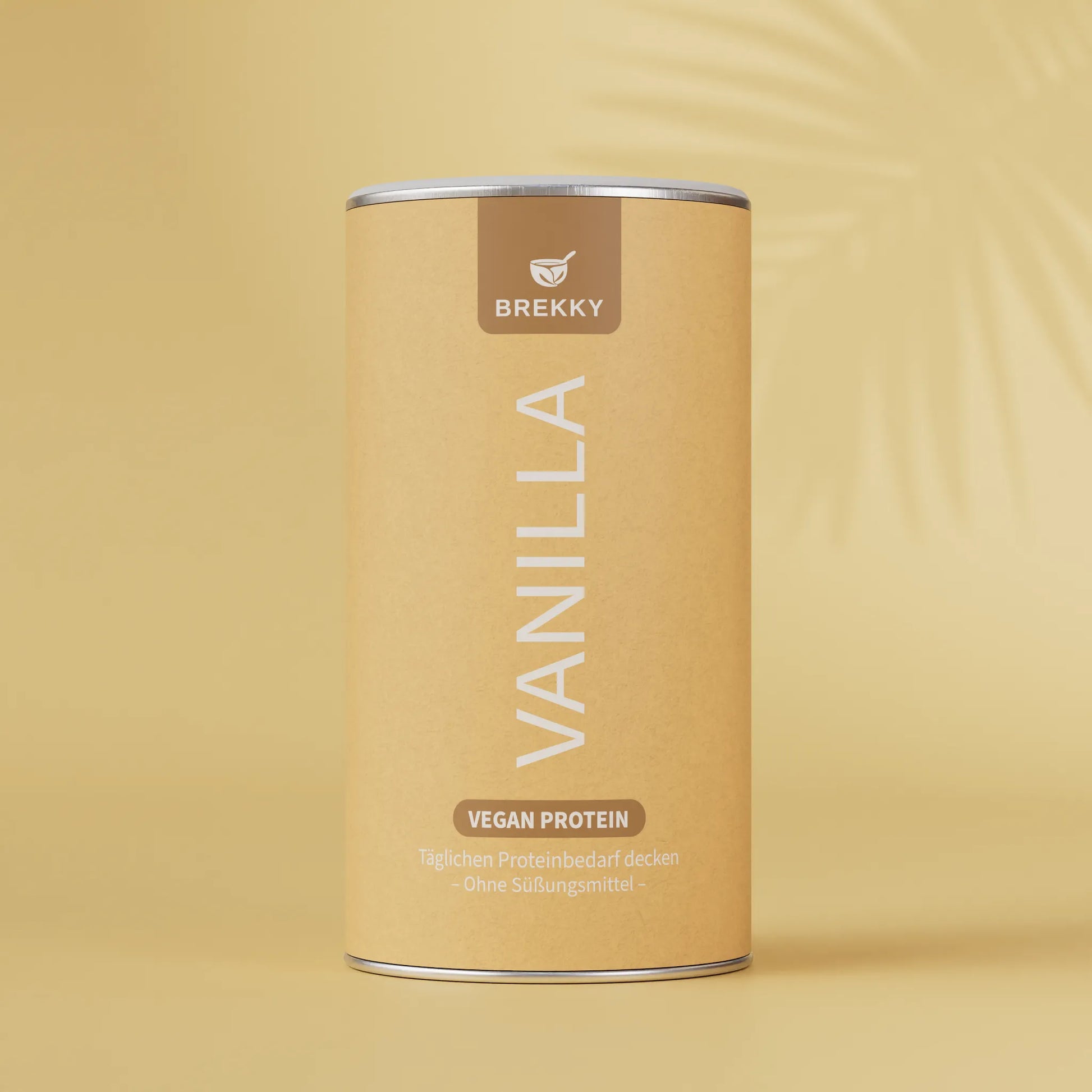
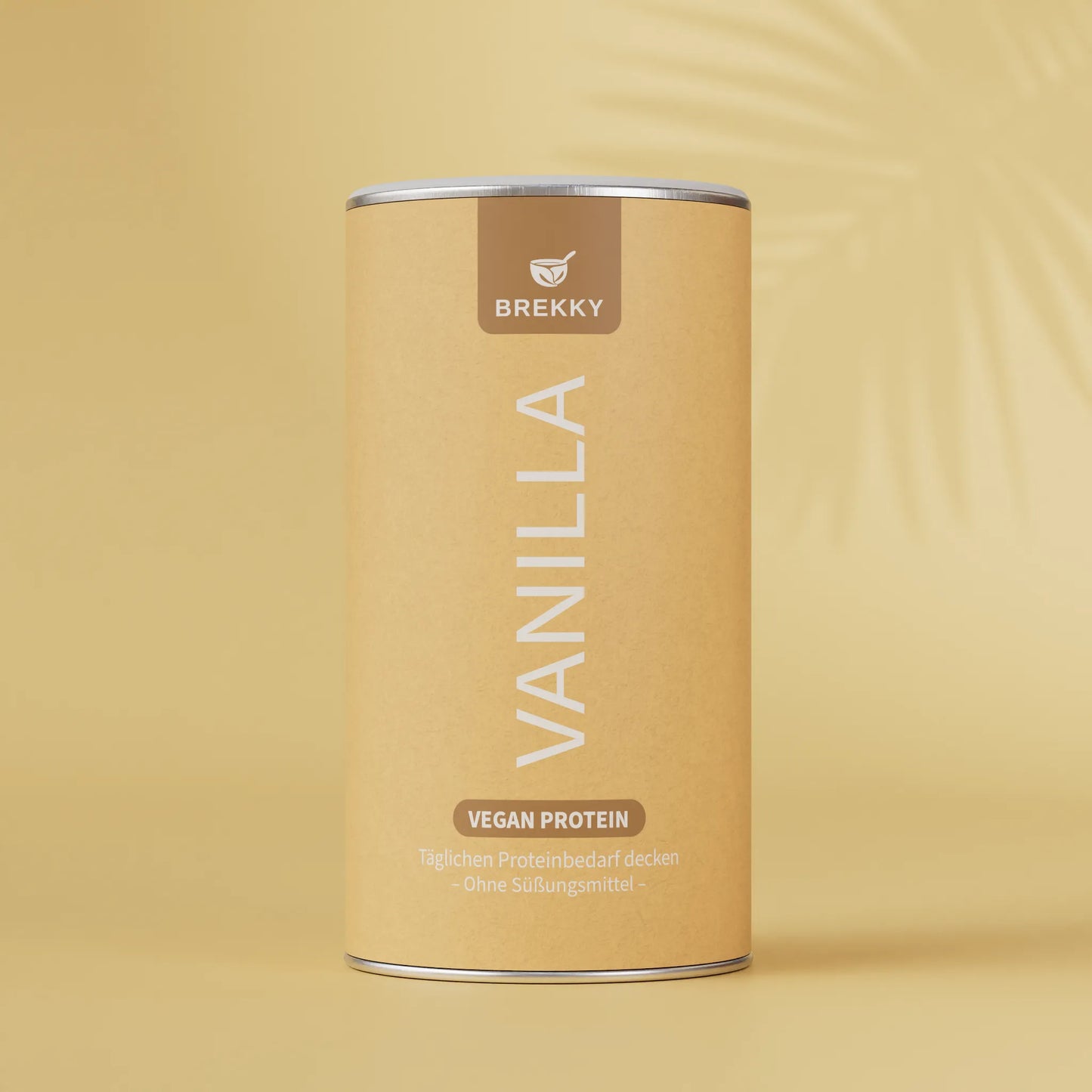
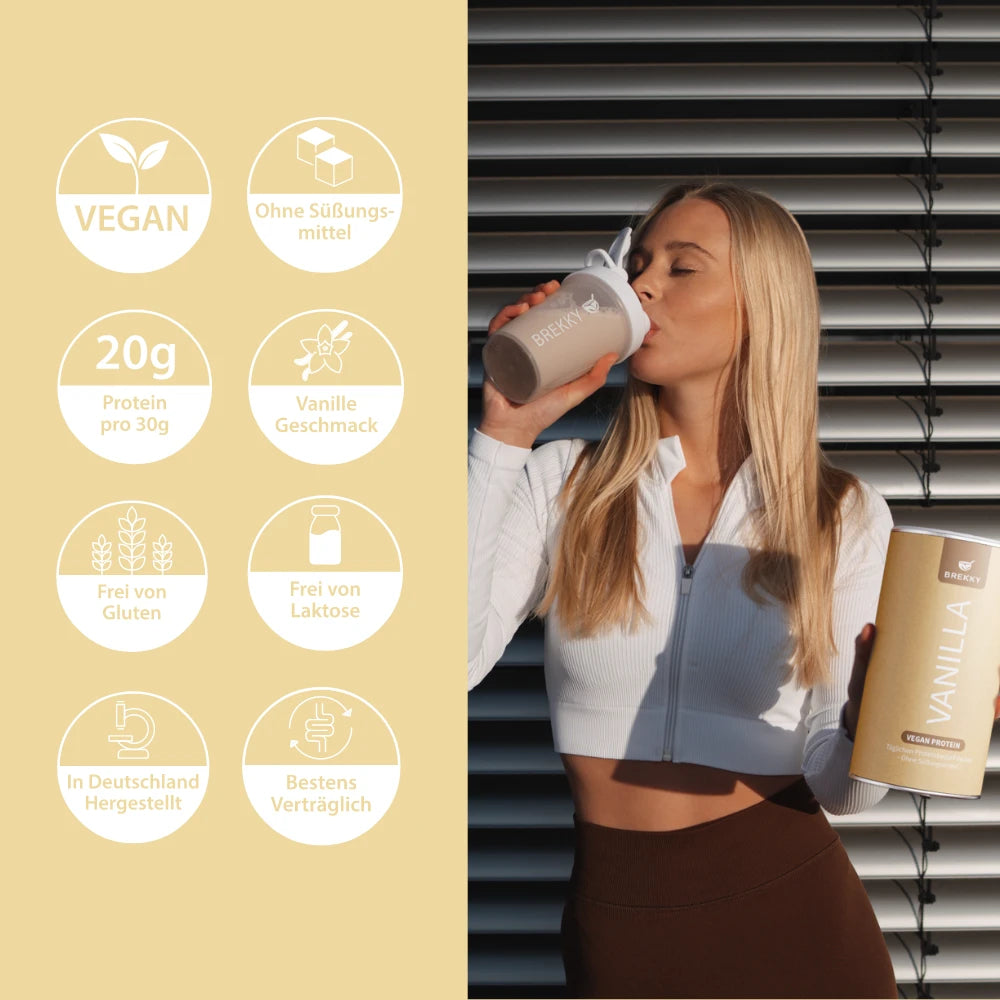
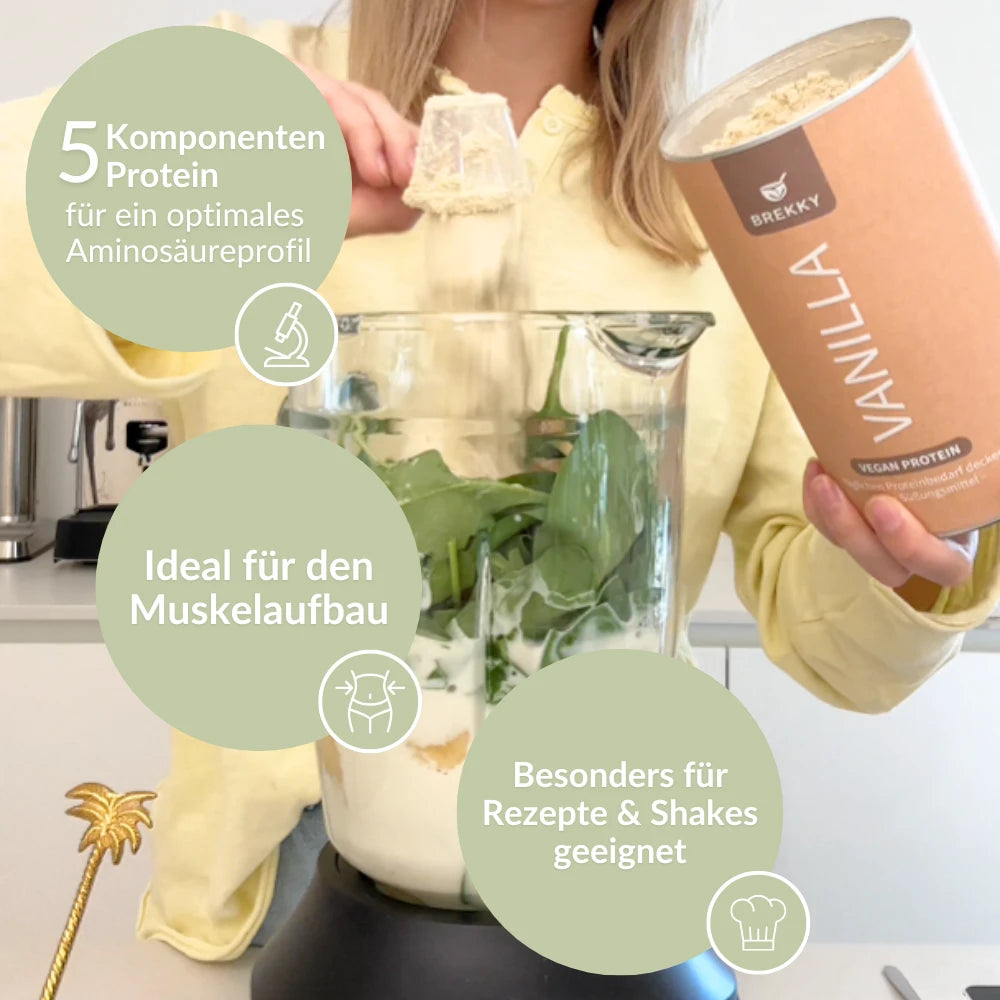
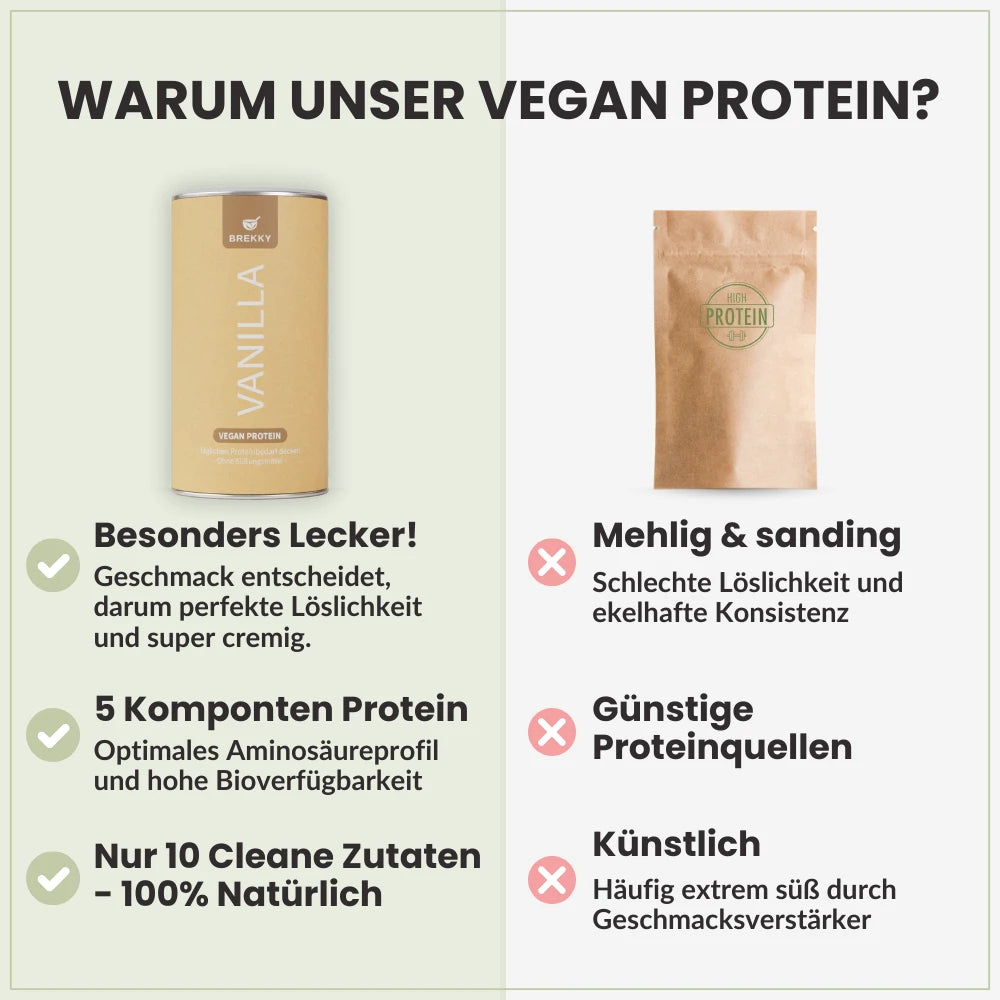


Popular flavors in comparison

Vanilla: The classic
Vanilla is particularly popular because it's so versatile—whether in smoothies, muesli, or pancakes—vanilla works almost anywhere.
Benefits of Bourbon Vanilla vs. Artificial Flavors
Bourbon vanilla comes from the vanilla plant and has a warm, round aroma. It's often found in organic versions. Artificial flavors, on the other hand, sometimes have a sweeter, sharper taste, but they're less expensive. If you value naturalness, look for "real vanilla" or "natural flavor" on the ingredients list.

Chocolate: Creamy enjoyment
Chocolate protein powder is one of the most popular varieties. Its flavor is reminiscent of cocoa and pairs well with oat milk or banana.
Differences between raw cocoa and defatted cocoa powder
Raw cacao has a more bitter, aromatic profile and contains more natural antioxidants. Fat-reduced cacao powder is milder and more soluble. Some varieties use a blend—it's best to read carefully what's in it. Protein powder with raw cacao has a more intense flavor, but also has a slightly bitter note.
Neutral variants: The all-rounders
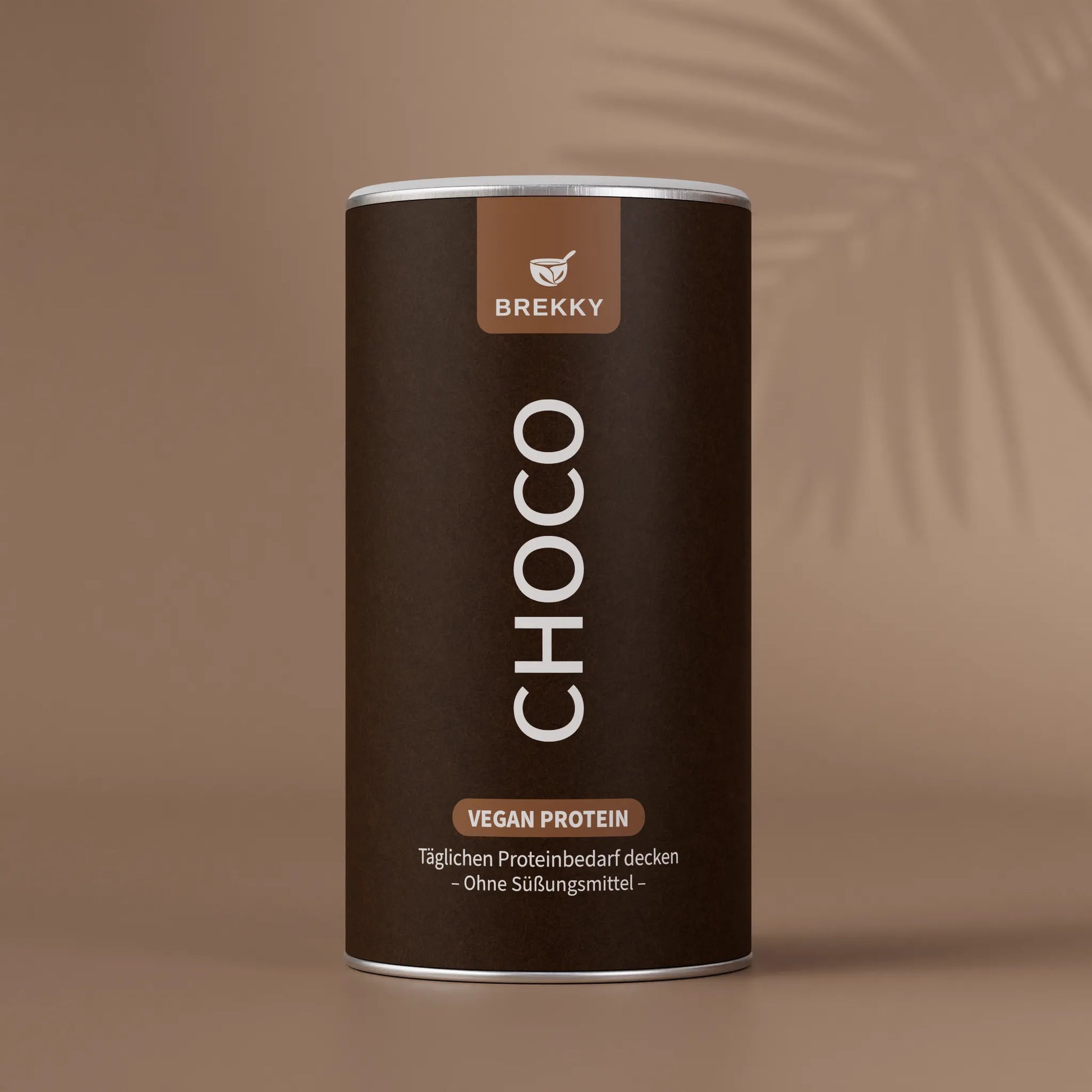
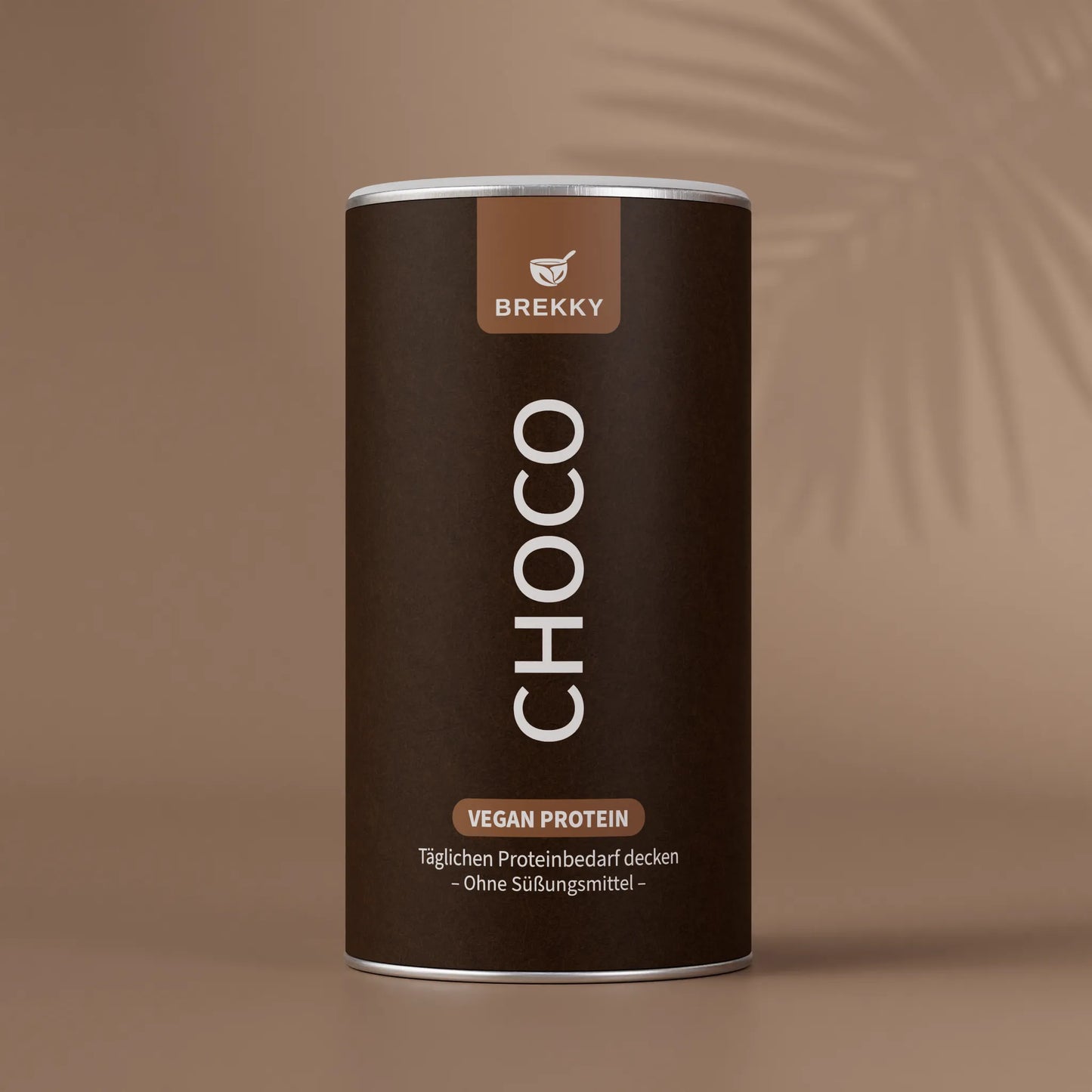
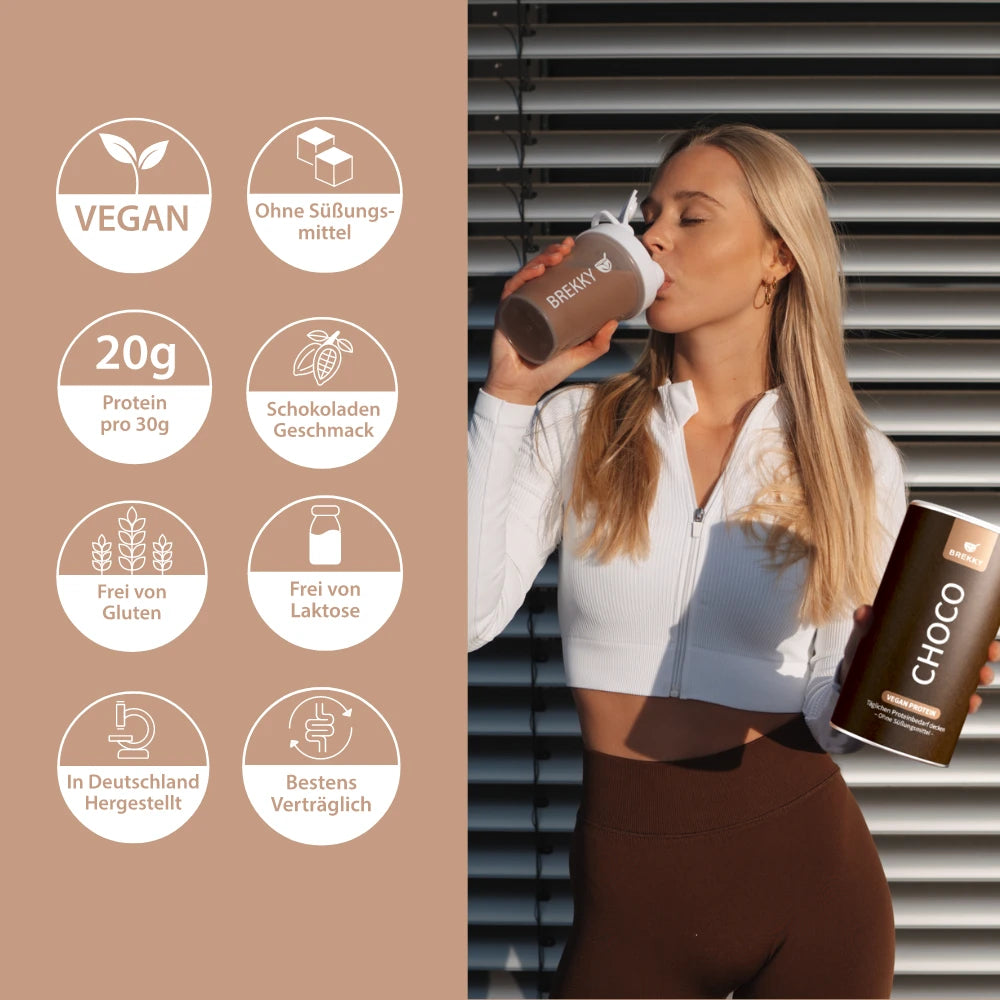
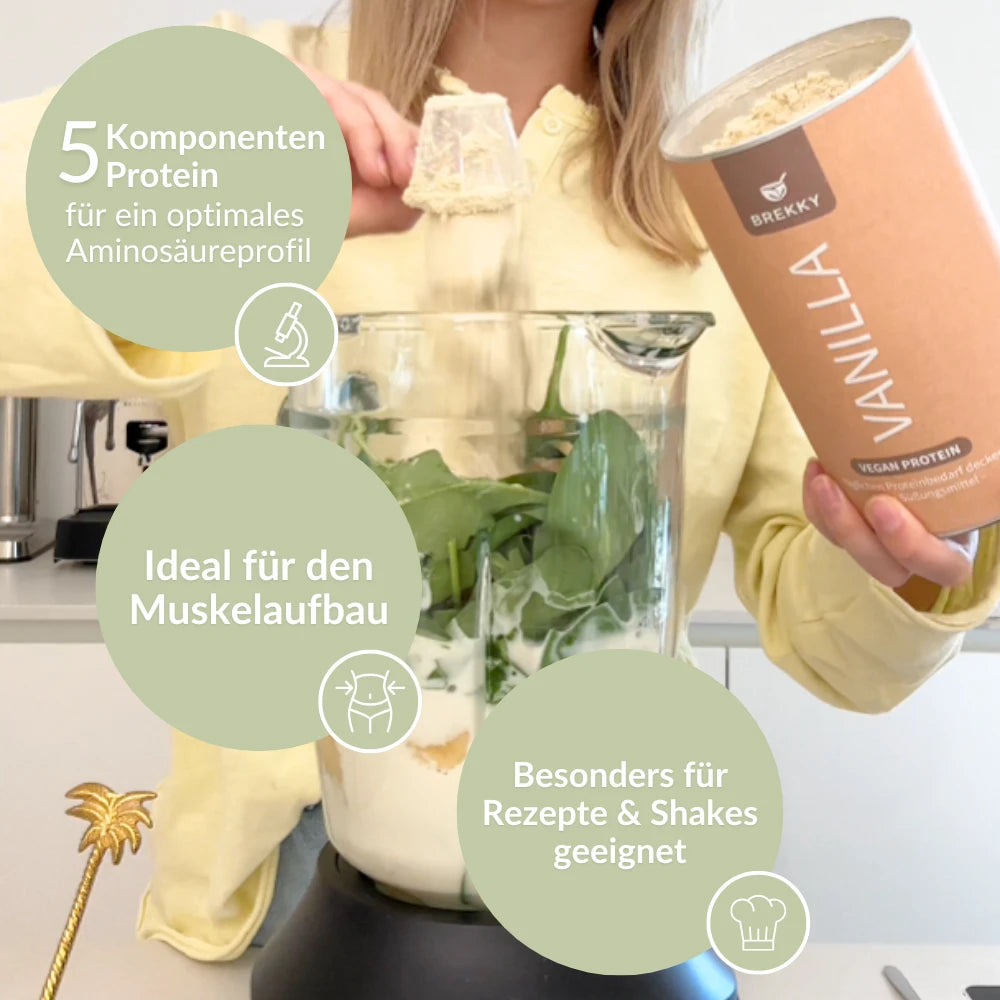
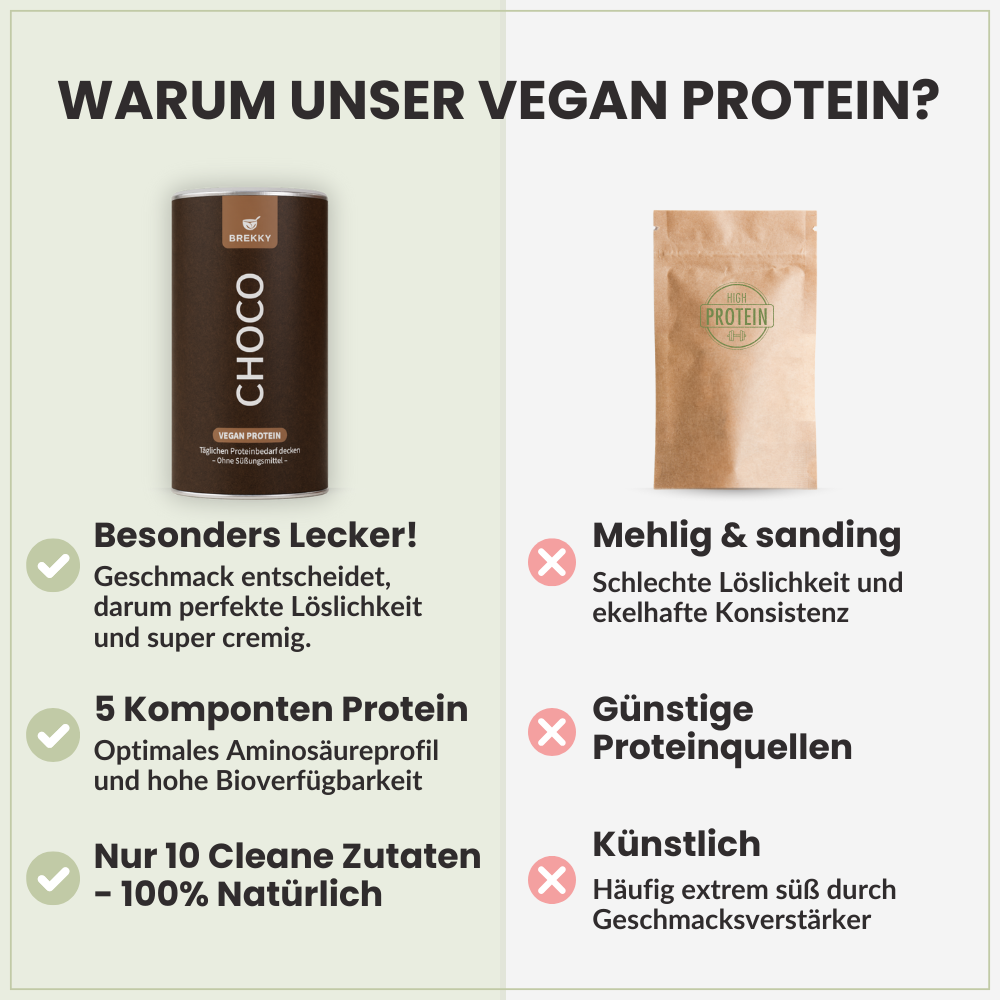


Fruity varieties: Berry
Nutty notes
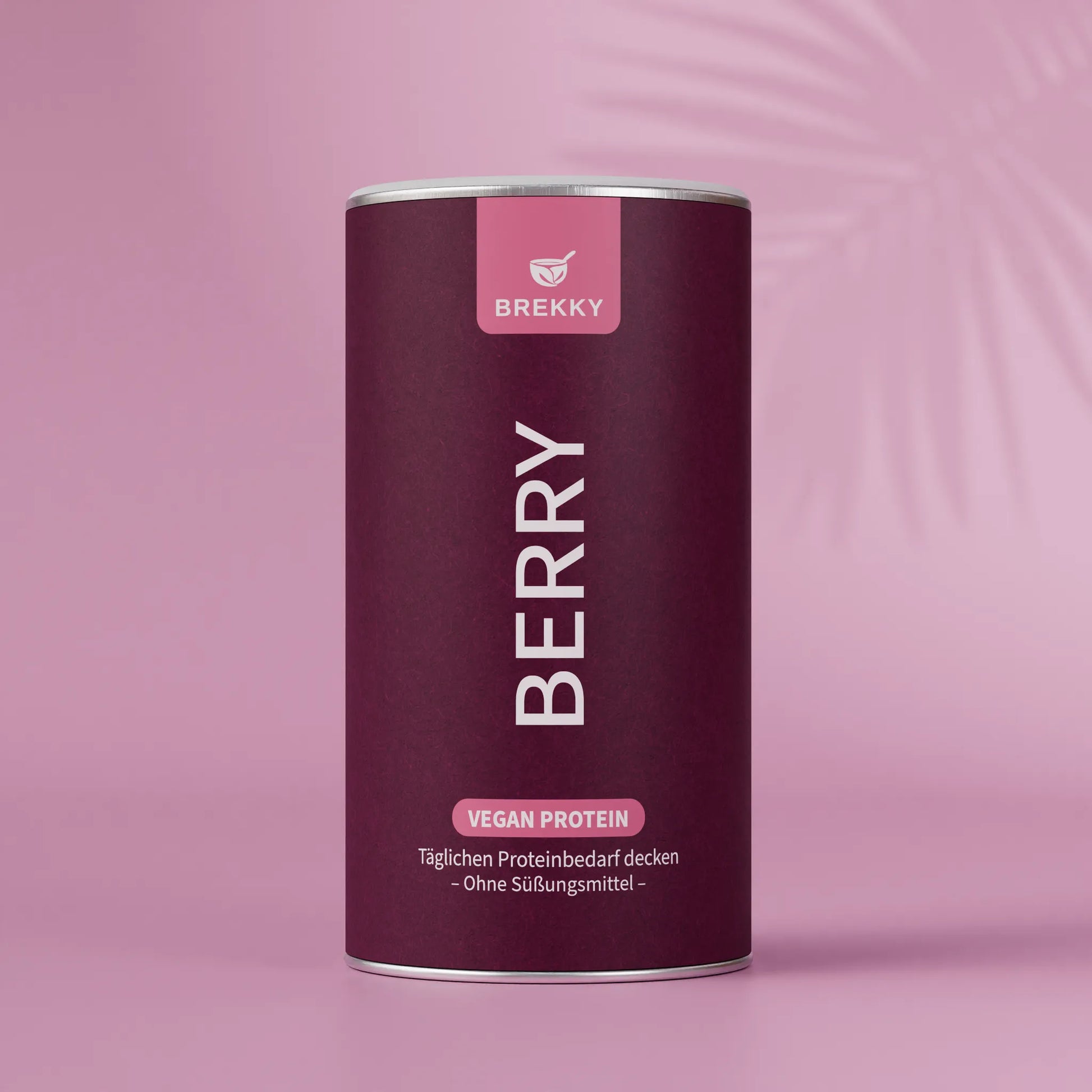
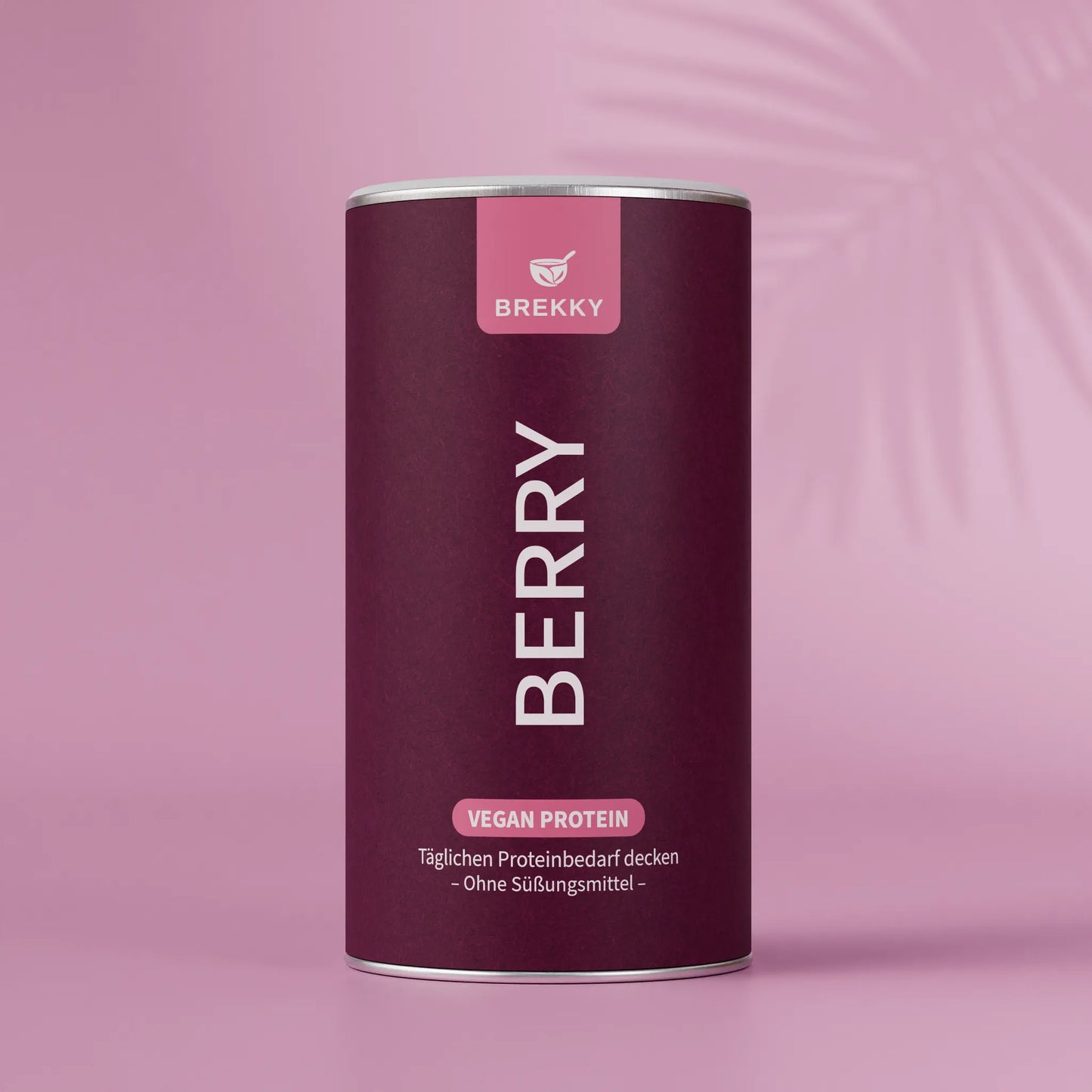
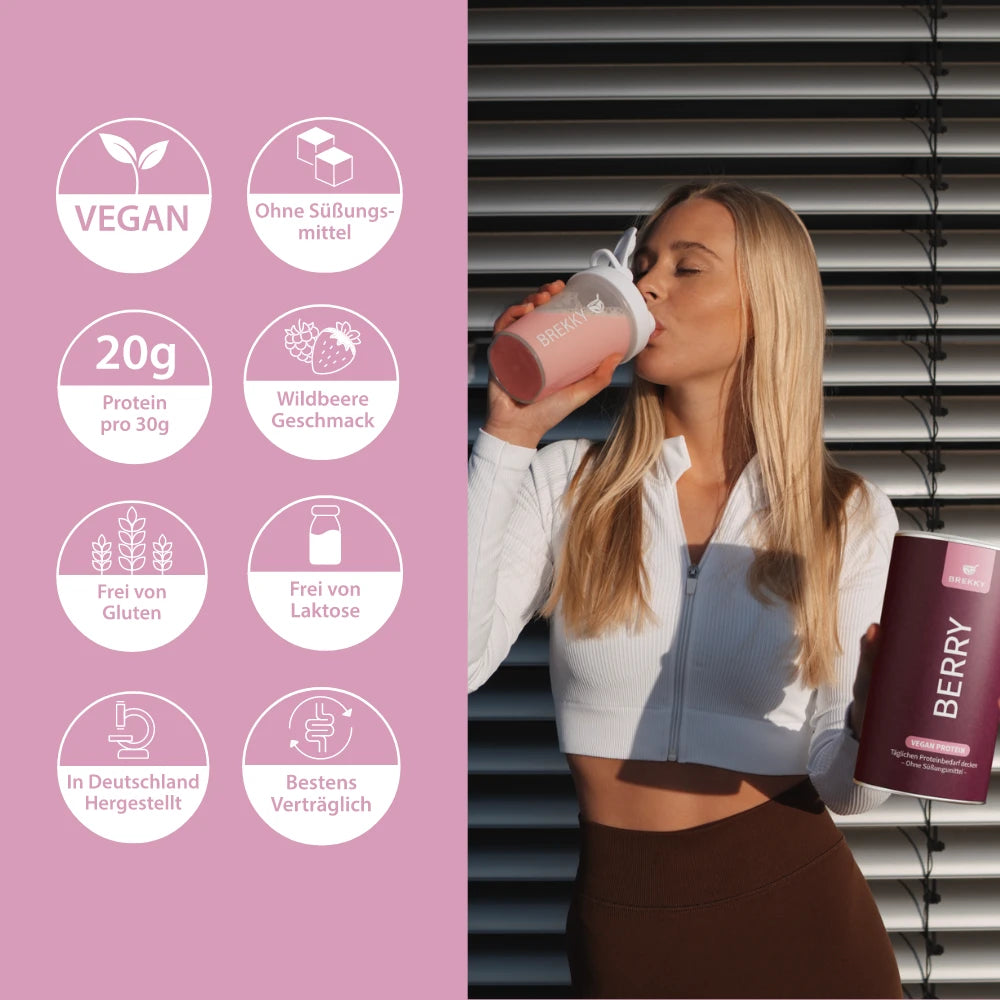
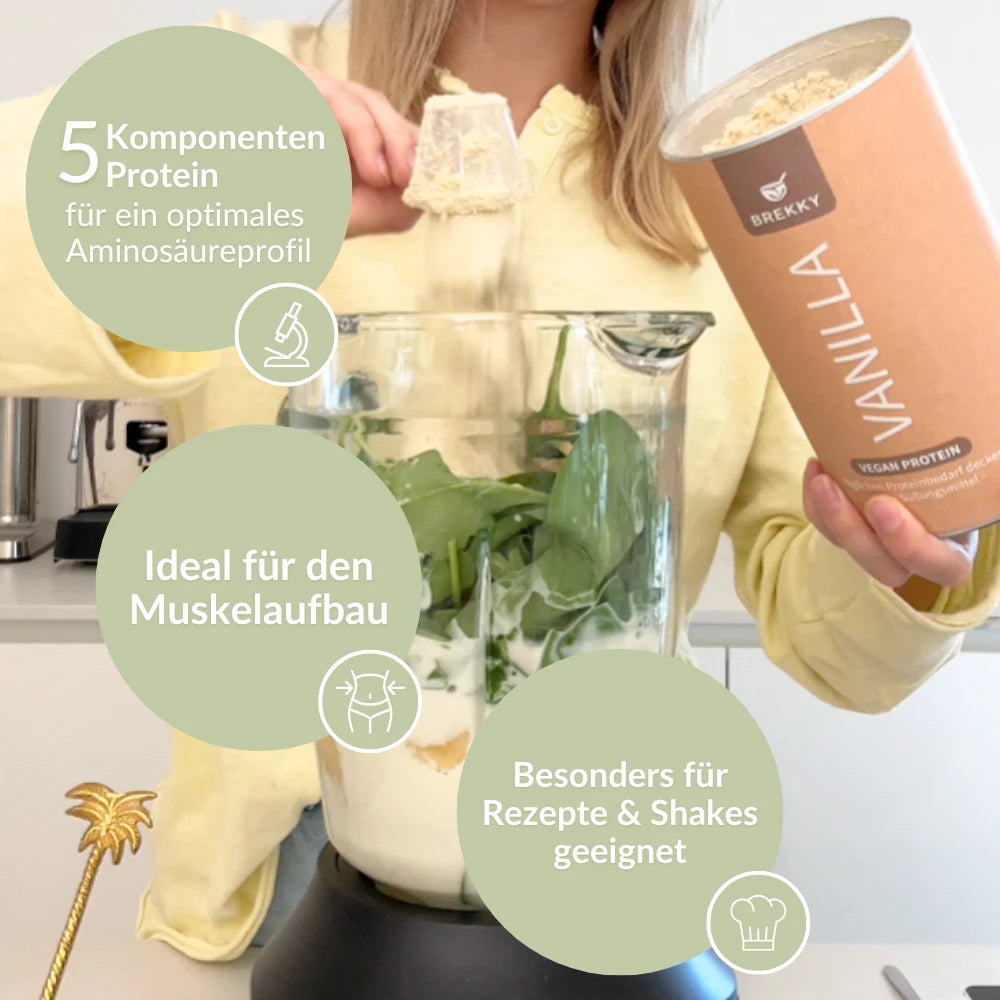
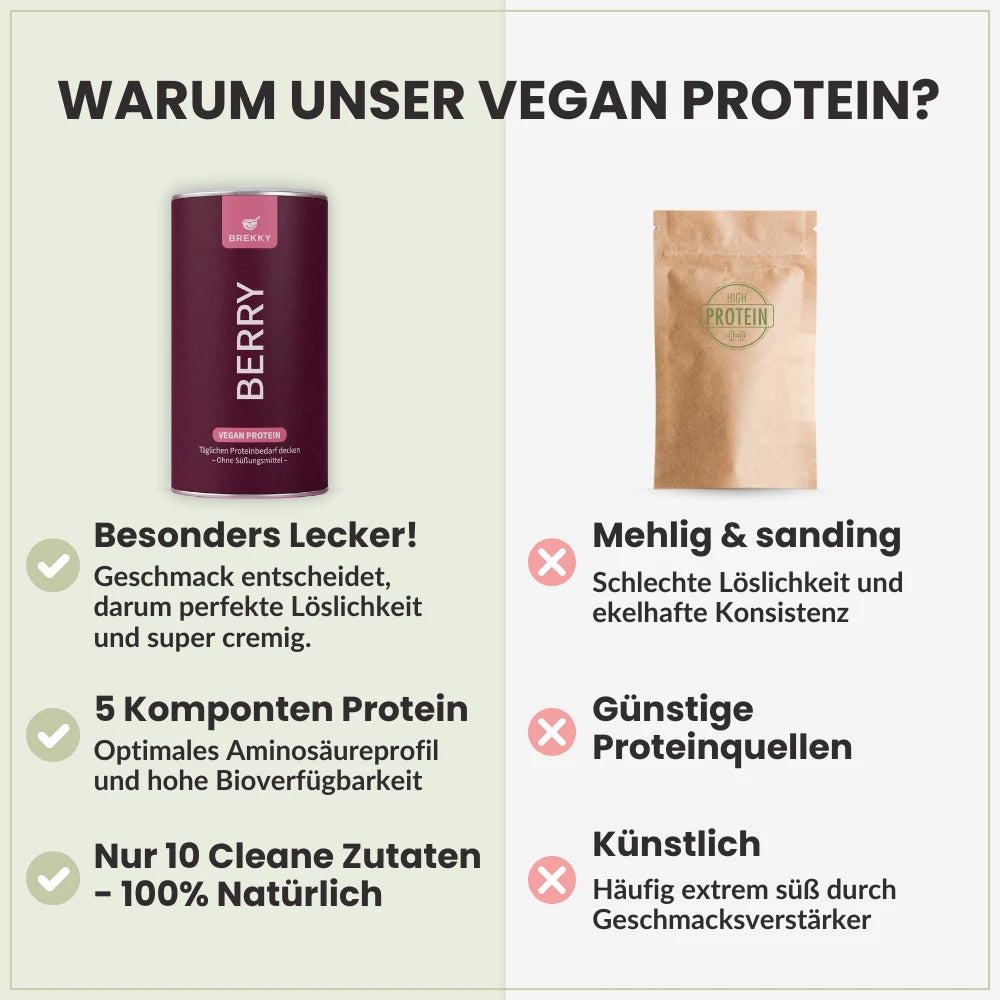


Flavorless protein powders: in-depth analysis
Sweetener risks: Sucralose vs. Stevia

Sucralose is an artificial sweetener that tastes very sweet, but is controversial. Stevia is plant-based, but often has a bitter aftertaste. Those sensitive to sweeteners should choose products without additives or look for fructose from dates or coconut blossom sugar.
Natural flavors vs. artificial additives
Recipes & creative application tips
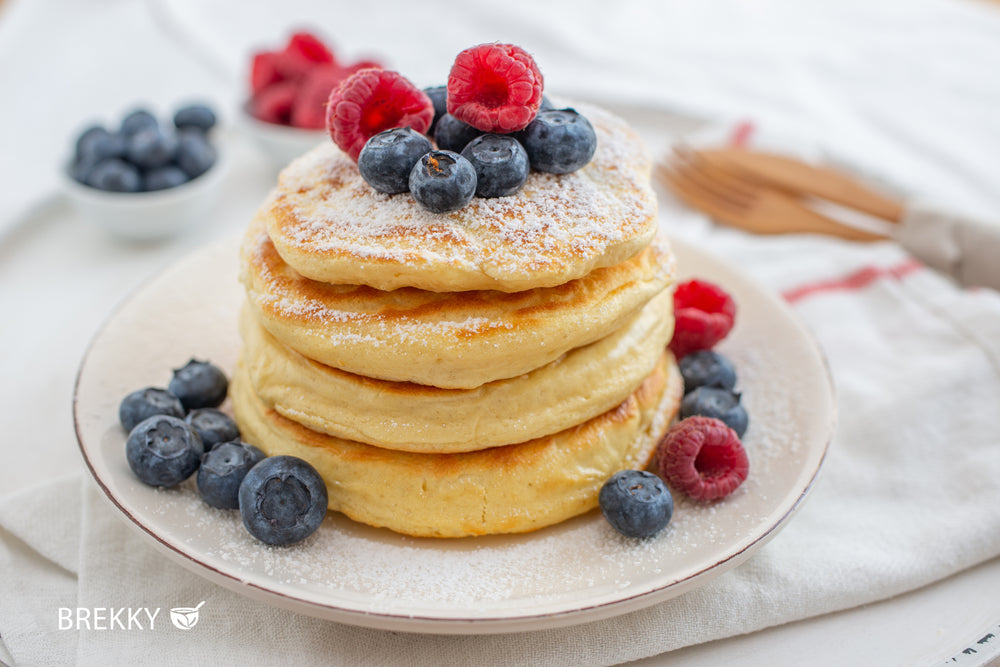
Protein pancakes with vanilla powder
Ingredients:
- 1 banana
- 2 tbsp vegan vanilla protein powder
- 4 tbsp oat flakes
- 1 tsp baking powder
- Plant milk as needed
Preparation: Mix all ingredients and fry in a pan until golden brown. Perfect for breakfast!
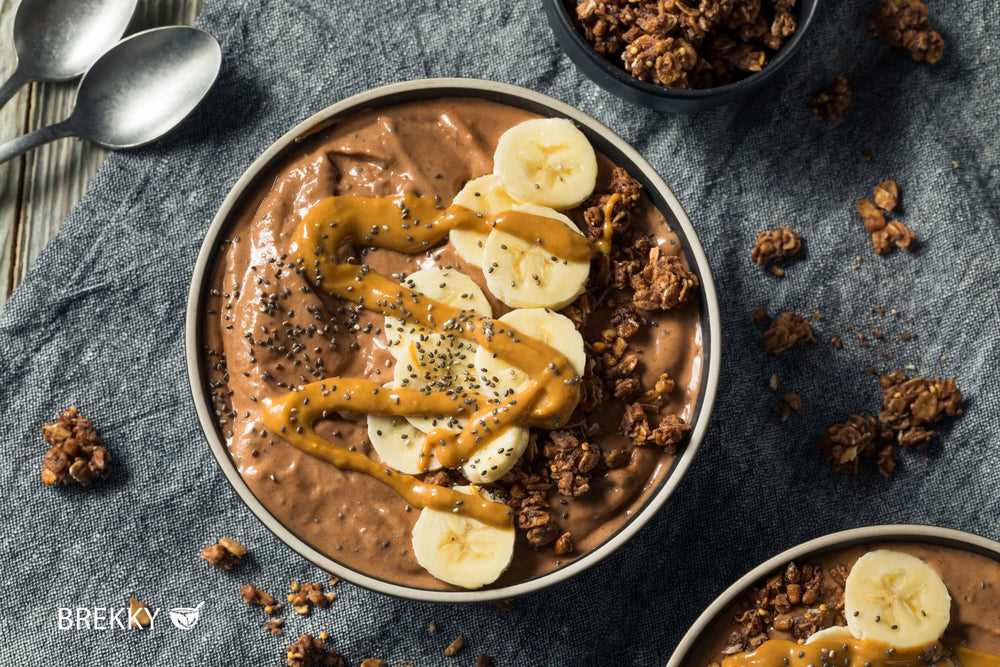
Chocolate protein mousse with avocado
Ingredients:
- 1 ripe avocado
- 2 tbsp vegan chocolate protein powder
- 1 tbsp cocoa
- 1 tbsp maple syrup
- some plant milk
Preparation: Blend everything until creamy and chill. Rich in healthy fats and protein.

Savory protein sauces with neutral powder
A neutral protein powder is suitable as an addition to vegan Bolognese, for example. Simply stir 1–2 tablespoons into the tomato paste – this increases the protein content without altering the flavor.
